Contents
- Pricing & Availability
- What comes in the box?
- Design & Construction
- Size & Measurements
- User Interface
- Emitter & Beam
- Mode Chart
- Runtime
- Driver & Regulation
- Switch
- Carry & Ergonomics
- Batteries & Charging
- Competition
- Conclusion
Pricing & Availability
Wuben sent me this light in exchange for an honest review. Here is the official product page where you can see current pricing. If you use this link to access their store it’ll let them know I sent you, but I’ve chosen not to receive any commission on sales. You can use code LB10 to get 10% off your order, and there’s a Fans Day sale going on this week for additional discounts.
What comes in the box?
The box is nice. It’s made of dense cardboard wrapped in white paper. There’s printing all around showing the light and its specifications. My box got a little banged up in shipping because it was just covered in opaque plastic wrap, not inside another sacrificial shipping box. The light and contents were in perfect condition though. The following items are included in the box:
- The light itself
- Batteries (inside the light)
- Belt holster
- User manual
- USB A-to-C charging cable
- Wrist lanyard
Design & Construction
X1 isn’t your typical cylinder with a flared head. Wuben has come up with an original rectangular design that’s highly functional. I think it’s particularly clever that it’s assembled in several sections and held together by screws that are recessed into the chamfers on the sides. Even the button-plate and airflow grills are held on by the same screws. Overall it’s very industrial looking and I like it a lot. The only thing I’d change is to get rid of the flares on the head that throw off the brick aesthetic.
Build quality is top-notch. X1 is dense, with no rattling of any kind. The anodizing is smooth and has the same feeling of quality as some higher-end brands like Olight and Acebeam. It did chip off in a few small places during my review process though, primarily around the screws that I had trouble loosening and one on the “Falcon” text.
The inclusion of an internal fan and heatsink is very impressive in a light this size.
Size & Measurements
Lumintop FW3A | Olight Warrior 3S | Wuben X1 | Mini Maglite | Sofirn Q8 Plus
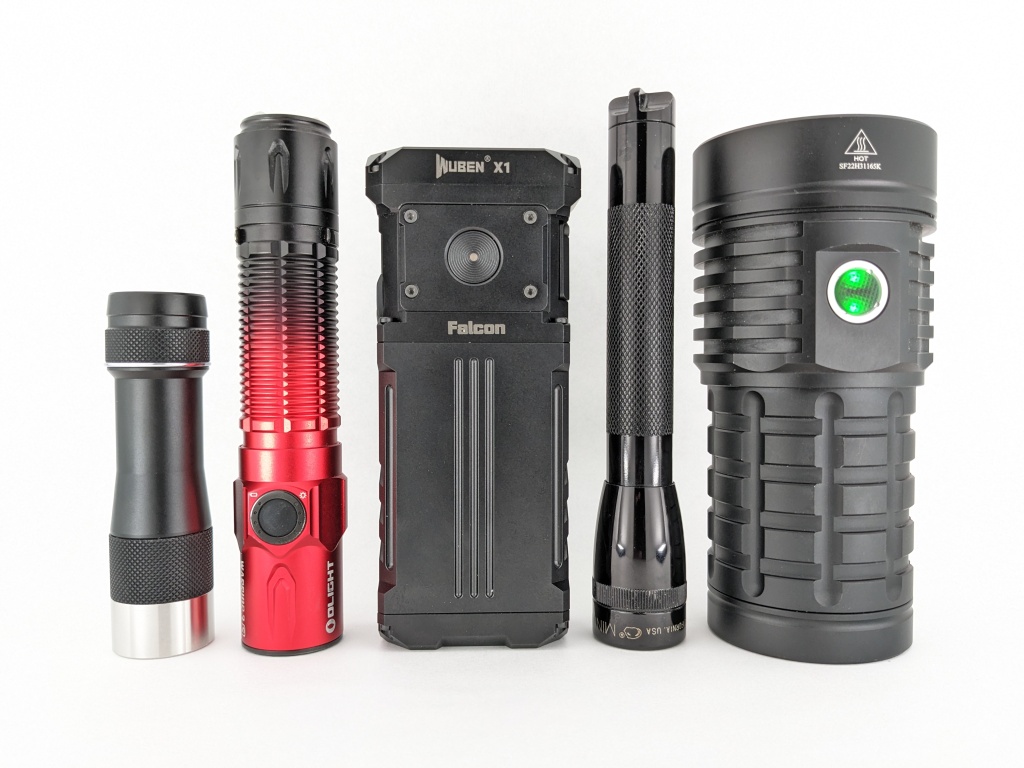
| Measurement | Measured (mm) |
|---|---|
| Head Width | 56.0 |
| Body Width | 50.0 |
| Length | 129.5 |
| Thickness | 28.1 |
| Switch Diameter | 13 |
| Switch Proudness | -0.8 |
| Lens Size | Custom |
| MCPCB Size | Custom |
| Driver Size | Custom |
| USB Port Width | 13.4 |
| USB Port Depth | 3.8 |
| USB Port Height | 6.9 |
Weight with included batteries: 386g
User Interface
This is a great UI that nails all the basics with zero confusing fluff.
The actions are # of presses followed by a hold (H) or a release (C). So, “1C” is one click and release. “2H” is two clicks but you hold down the last one.
| State | Action | Result |
|---|---|---|
| Off | 1C | On (mode memory) |
| Off | 1H | Moonlight (memorized) |
| Off | 4C | Lockout |
| On (except Strobe sometimes) | 1C | Off |
| On | 1H | Cycle mode (Moon-Low-Med-High, memorized) |
| On | 2H | Adjust brightness of current mode |
| Any | 2C | Turbo (not memorized) |
| Any | 3C | Strobe (not memorized) |
| Turbo | 2C | Return to previous mode (except off) |
| Strobe | 3C | SOS (not memorized) |
| Lockout | 1C | Switch blinks |
| Lockout | 4C | Unlock and turn on Moonlight |
What they got right:
- Clicking turns the light on/off and holding the button changes modes. That’s the way almost all e-switch flashlights should work. It’s intuitive and quick.
- The common shortcuts work. Moonlight, Turbo, and Strobe all have shortcuts that work the same way as most other lights. They work very well and there’s no learning curve for these when switching lights.
- There are 5 brightness levels, which is just the right amount. Enough to have options but not so many that it’s cumbersome to use.
- Turbo and Strobe are not memorized. They each have their own dedicated shortcut, so you can access them quickly without overriding your memorized mode.
What they got wrong: (gripes, but not deal-breakers)
- Moonlight is memorized. It shouldn’t be memorized because it has its own dedicated shortcut for quick access. Since it’s memorized, accessing it will override your memorized mode.
- Moonlight is in the regular mode rotation. It doesn’t need to be, because it has a dedicated shortcut. Including it clutters the regular mode rotation and makes it take a little longer to cycle modes.
- 1C does not always turn the light off. If Strobe was accessed while the light was already on, clicking will return to the previous mode instead of turning the light off. This is a very minor issue but I’d like to see it addressed in future releases because 1C should always turn a light off.
Emitter & Beam
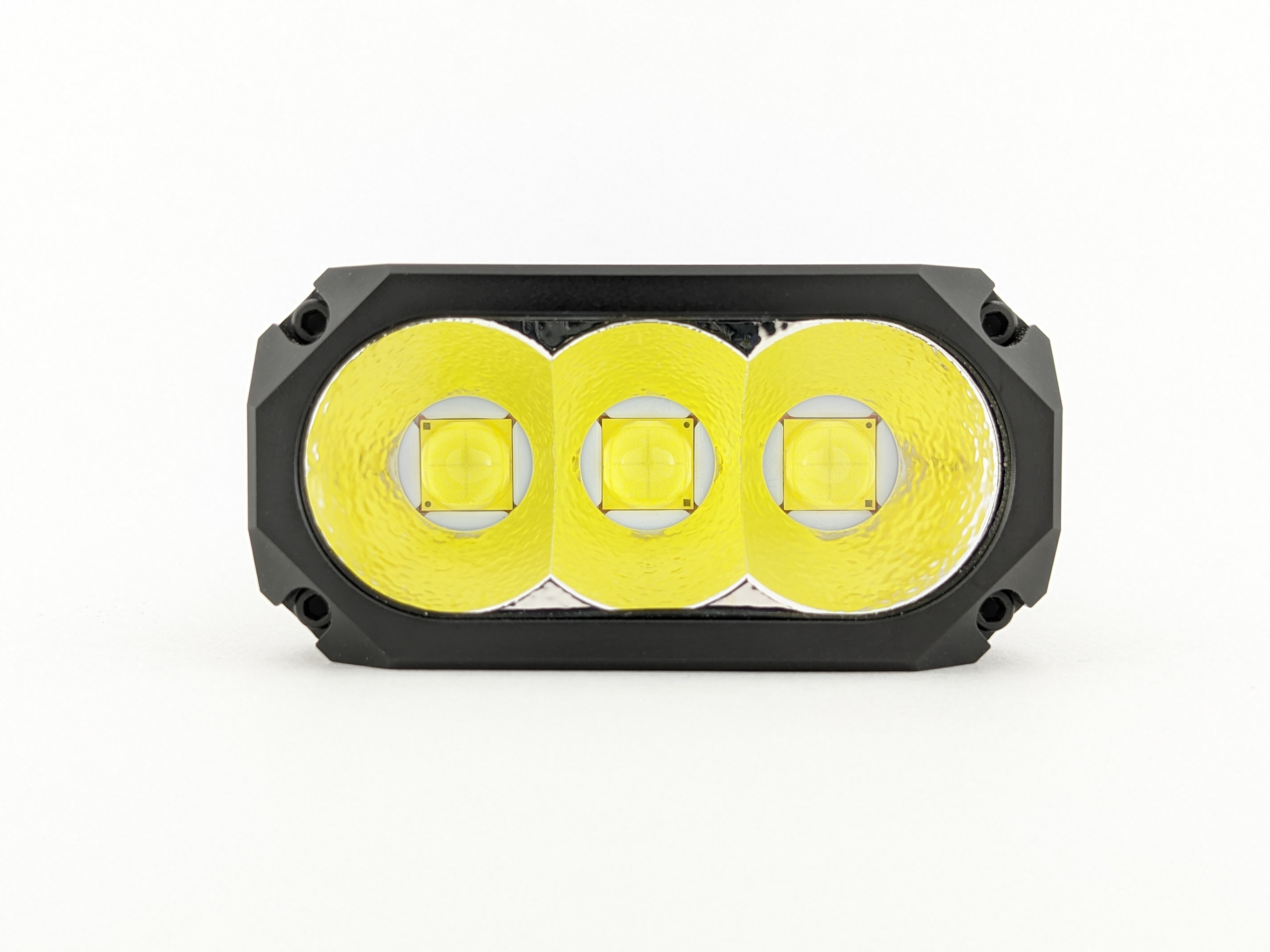
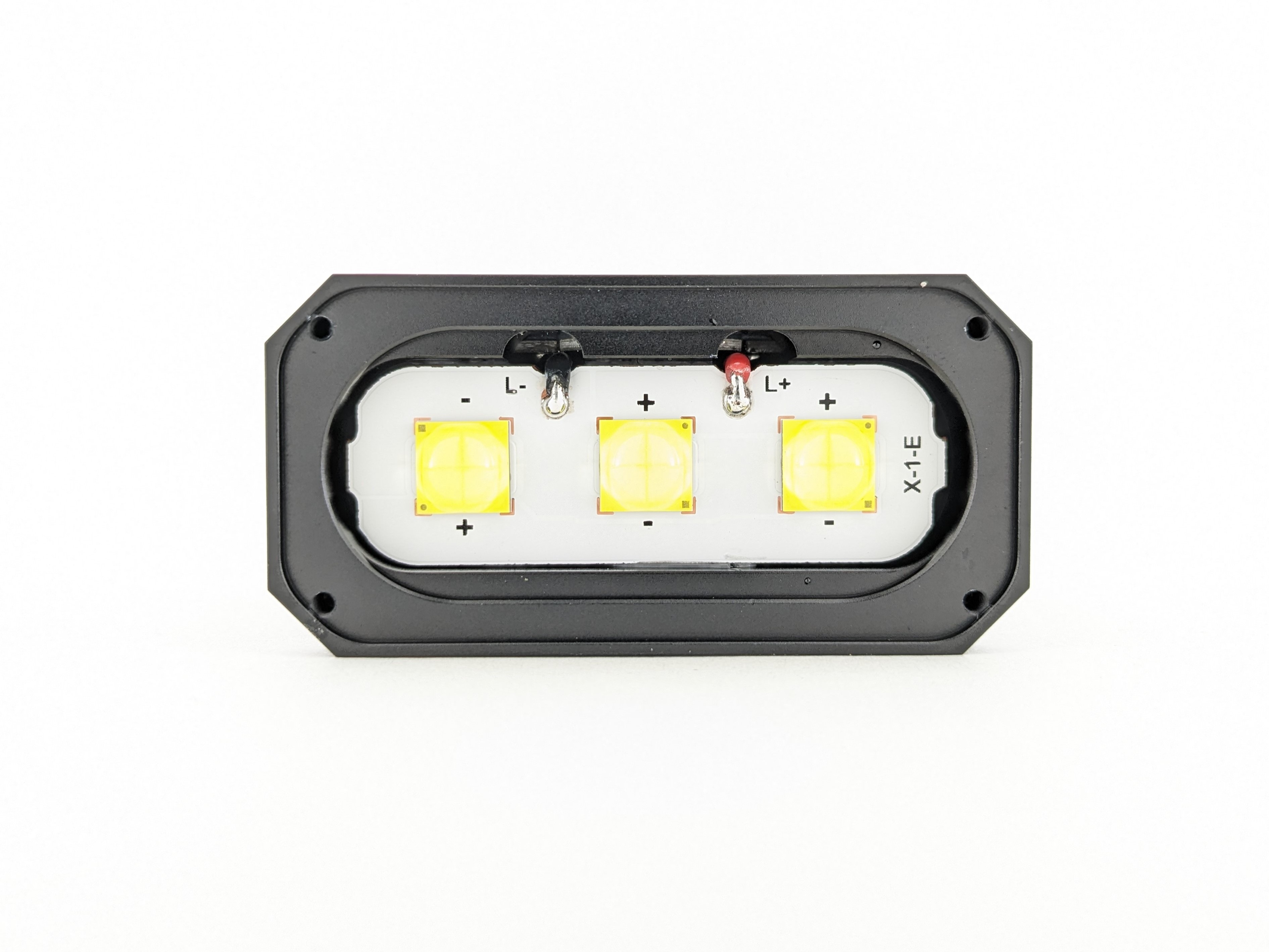
X1 has three CREE XHP70.2 LEDs in a cool white color temperature. These are an excellent choice for high output and high efficiency. Though, it would be nice if Wuben also offered a warmer, high-CRI option too. Emitter swaps are fairly easy in X1 and many r/flashlight users have already swapped in ~4000K high-CRI XHP70.3-HI’s into their X1s. I encourage Wuben to offer those as a factory option in the future.
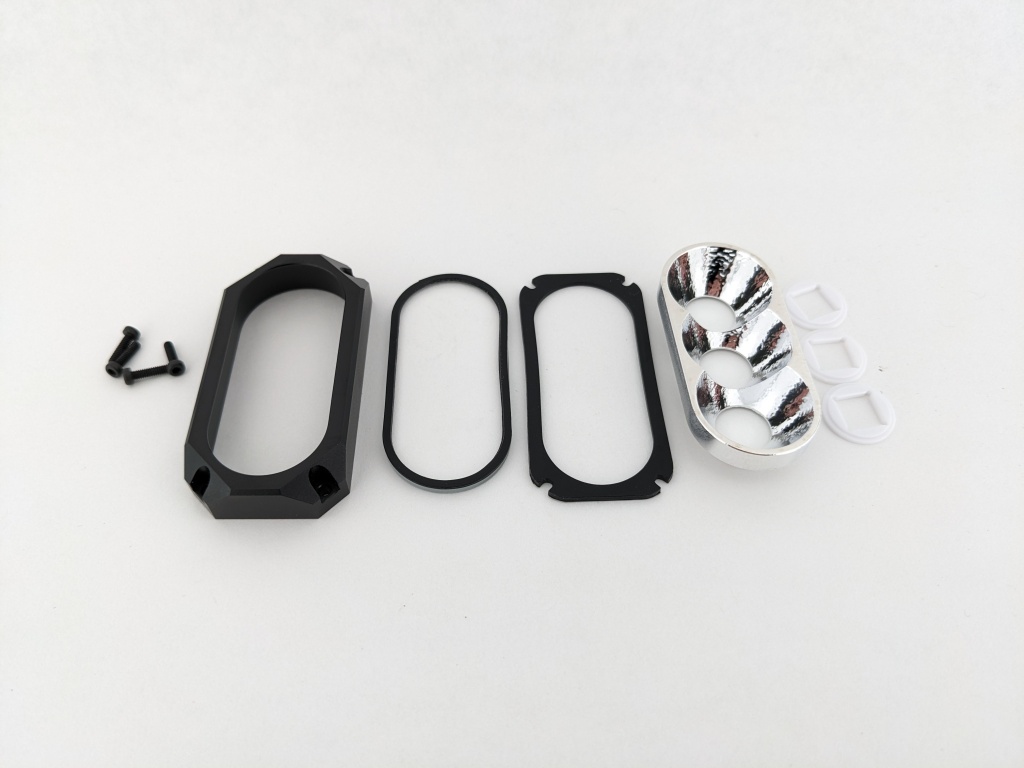
The bezel is just held on by four screws with no thread locker, so it’s super easy to disassemble if you want to swap the emitters.
The beam has a wide hotspot with soft corona so it’s hard to tell where it starts and ends. The spill is oval-shaped, almost rectangular. It’s great when you hold the light level with the ground because it shines very wide left and right but not too high or low. The typical tint-shift from domed CREE LEDs is present (cool in the center of the hotspot, yellow/green corona, cool spill). It’s a good beam for being very bright and wide but it won’t win any beauty contests.
In the beamshots below, the basketball goal to the right of the hotspot is 39M away and the power pole in the center is 185M away.
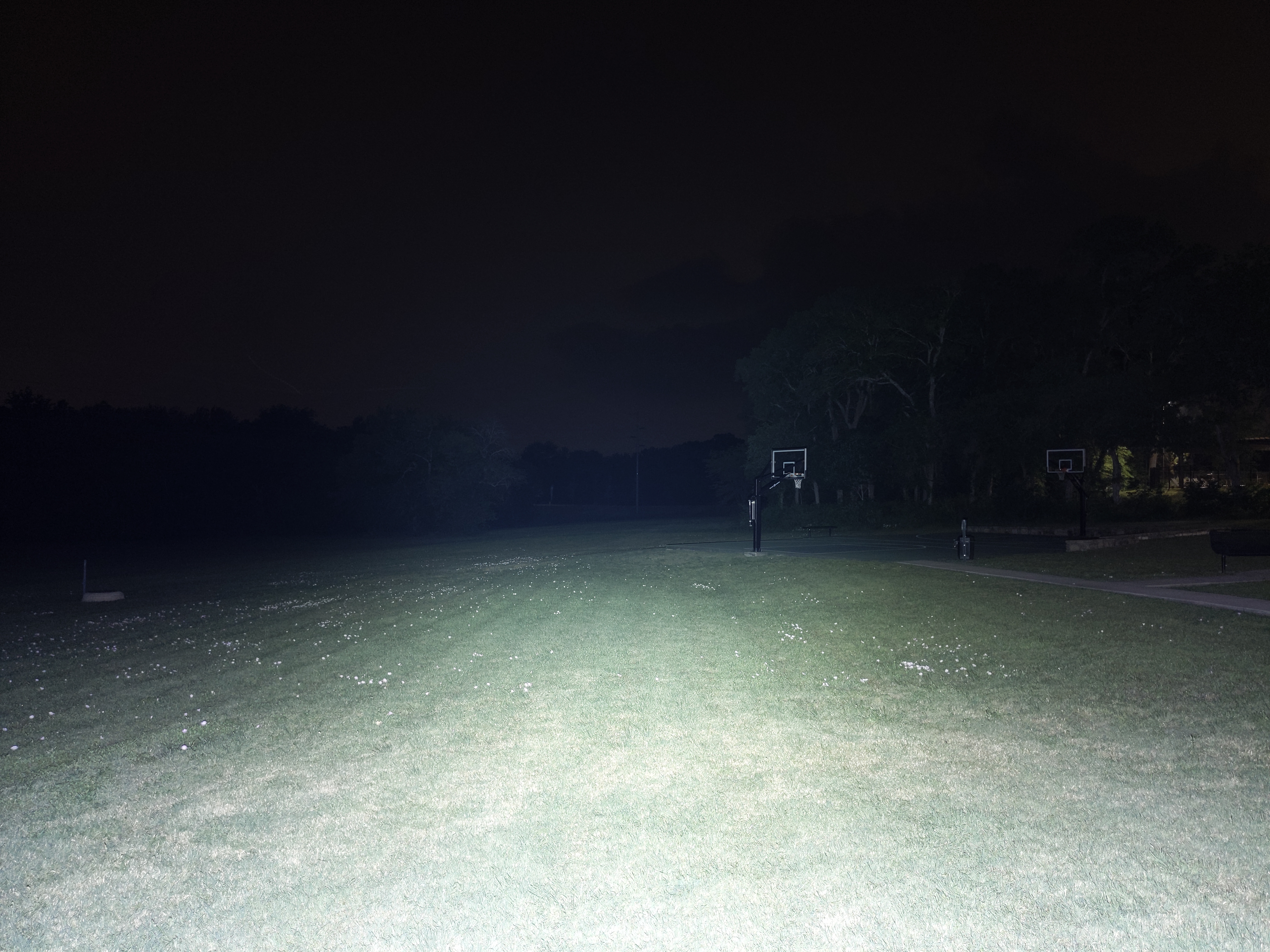
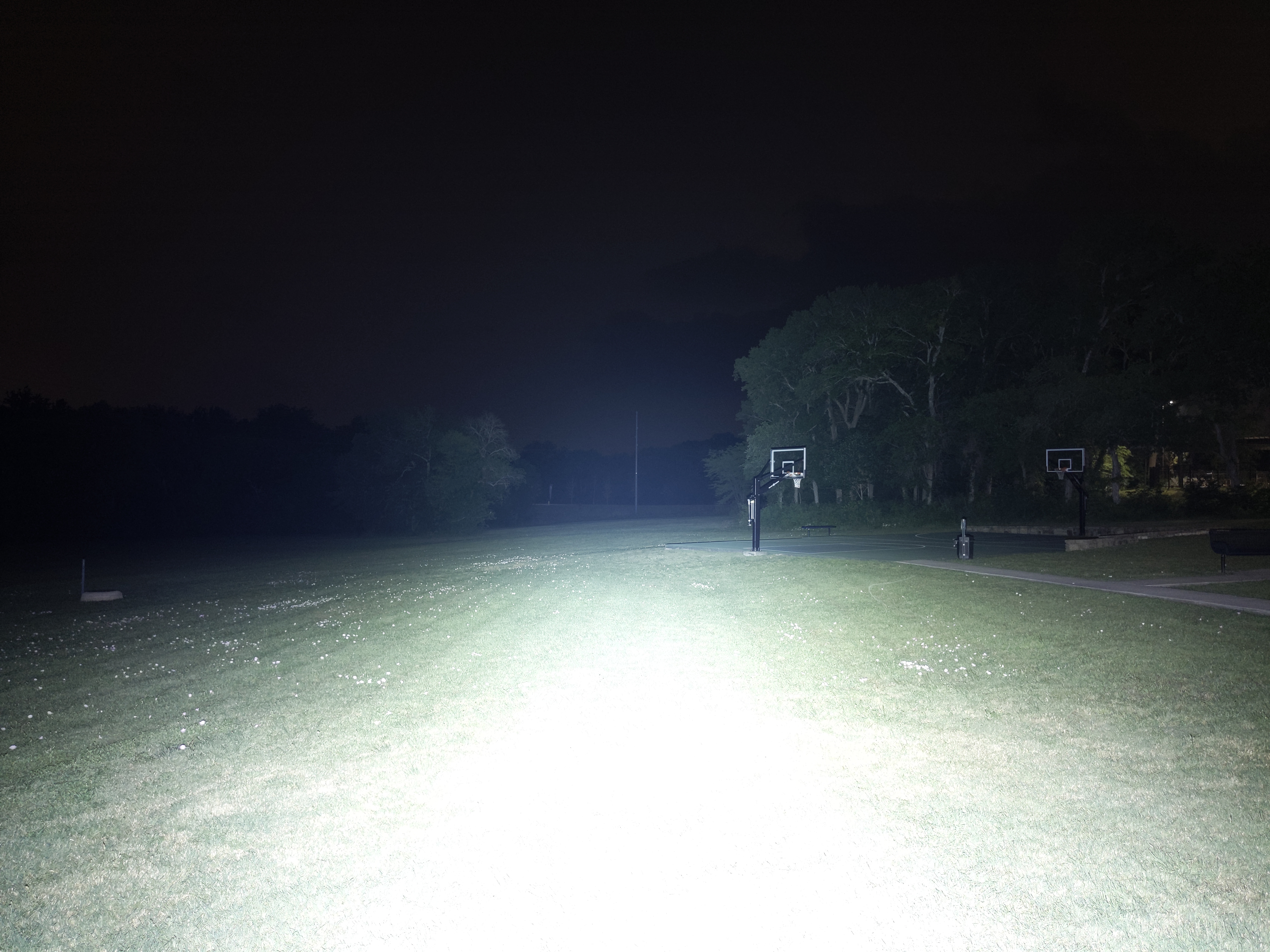

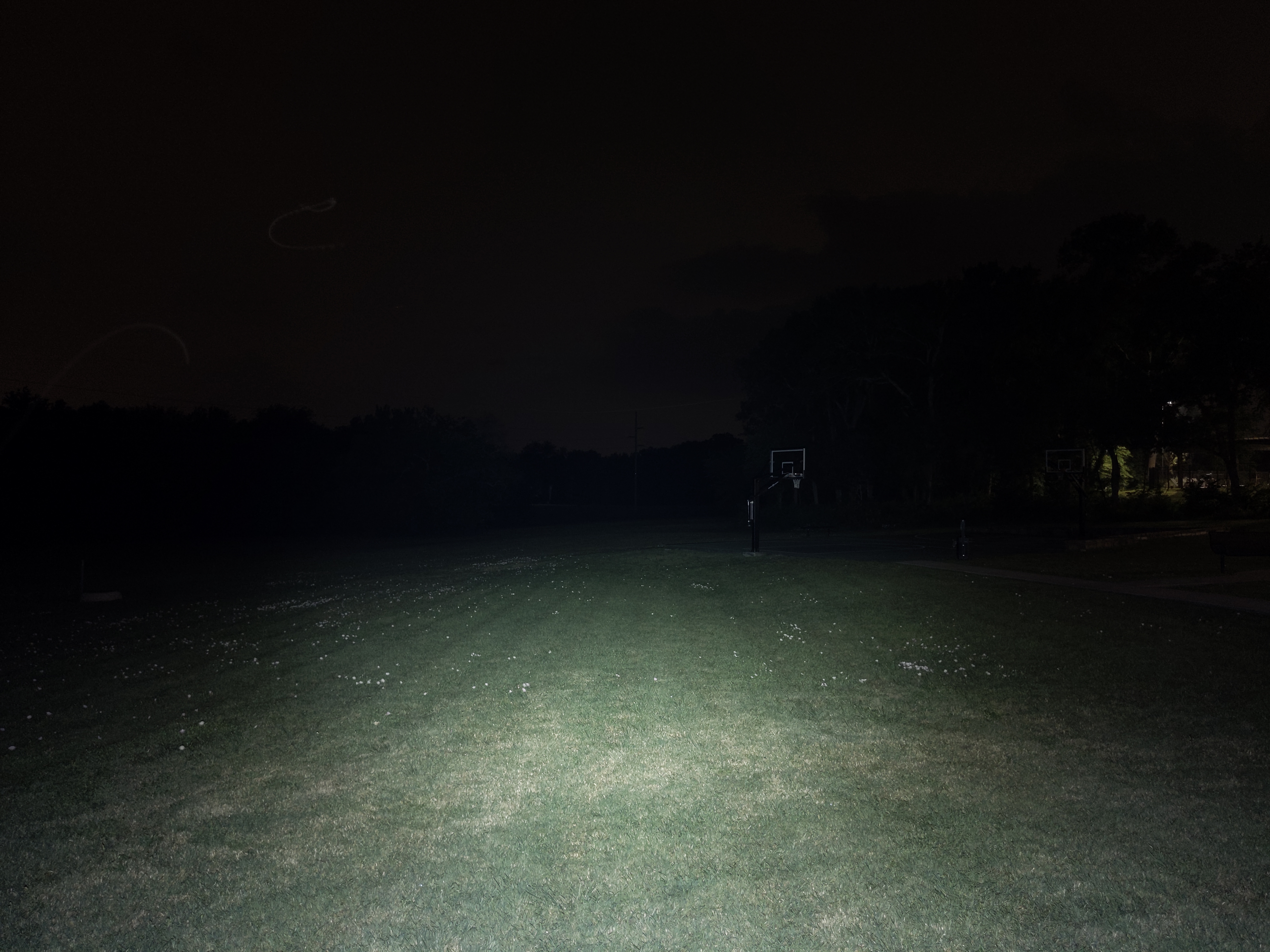

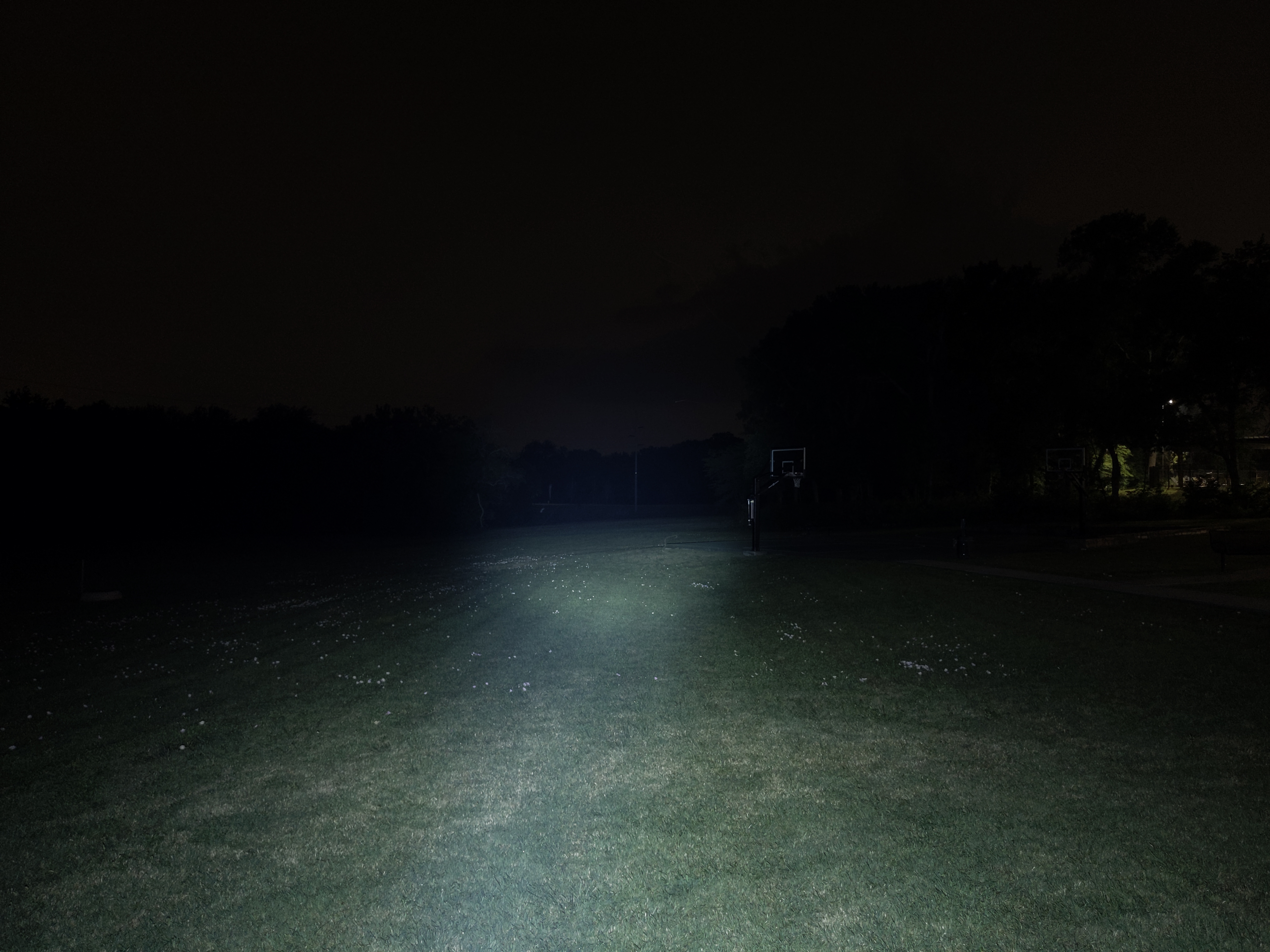

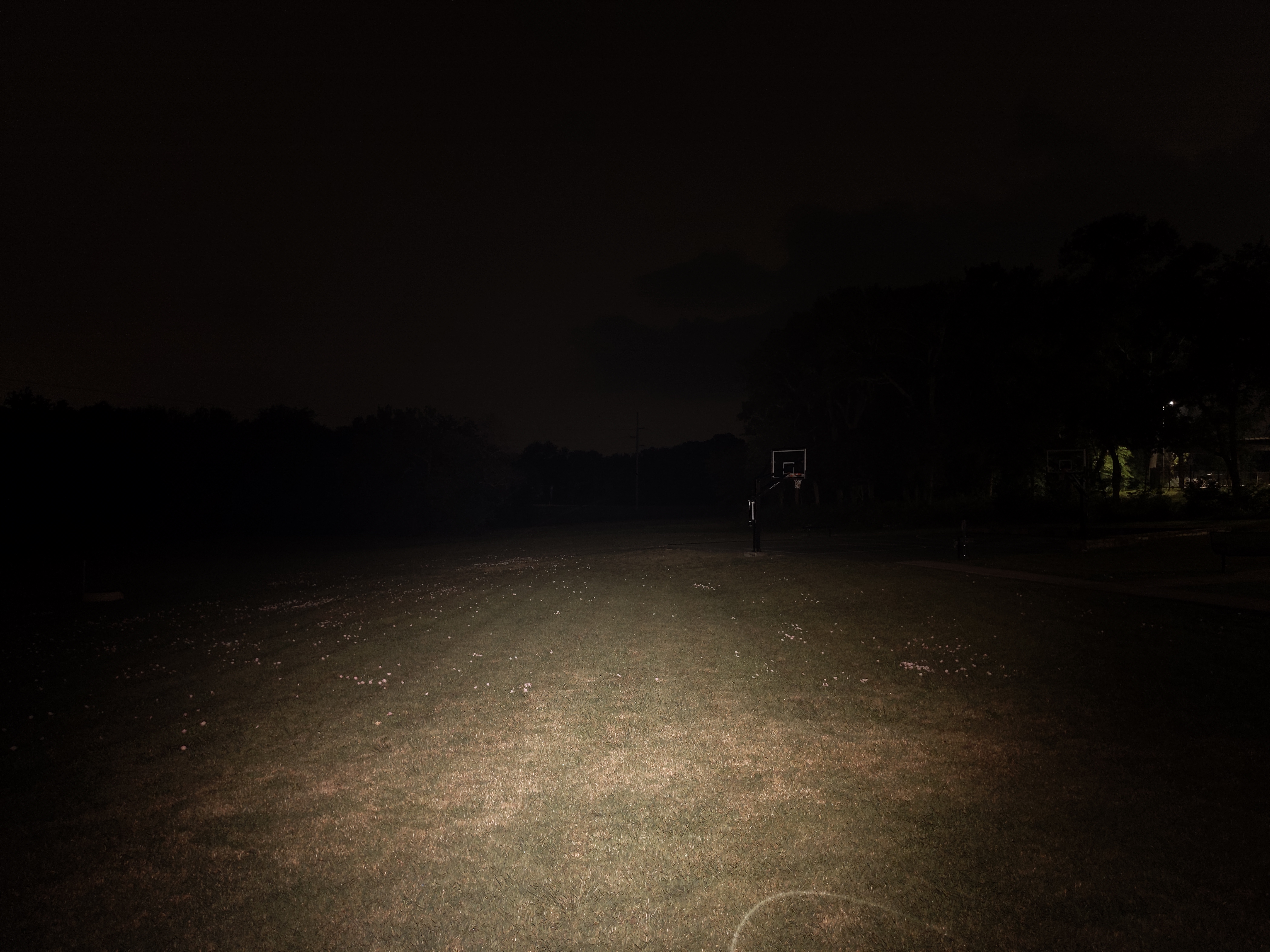
Mode Chart
Disclaimer: All of my measurements are taken at turn-on. Lumen measurements were taken on a Texas Ace 3.5″ Lumen Tube. A candela measurement was taken at 10 meters with an Opple Light Master III on the highest brightness, and other candela figures were calculated relative to that. CRI, CCT, & DUV data were taken for each mode from a few feet away at the center of the hotspot with the Opple Light Master and Waveform DUV Calculator. Runtime tests were performed with the Ceilingbounce app on my smartphone. All of these tests were performed with fully charged included batteries unless otherwise specified. I cannot measure moonlight directly, so moonlight readings are calculated based on the brightness relative to the next-lowest mode. None of this is professional equipment, so take all of these measurements with a grain of salt.
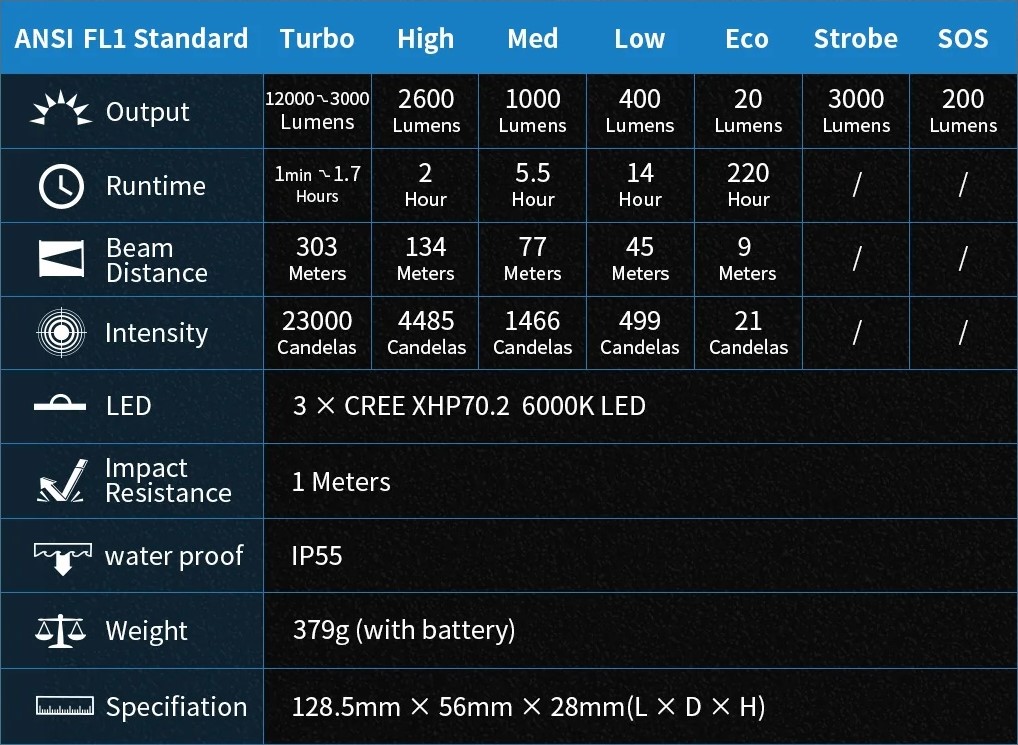
Above are the official specs, followed by my own measurements below.
| Level | Lumens | Candela | Throw (Meters) | CRI (Ra) | Color Temp. (K) | DUV (Tint) |
| Turbo | 8800 | 21000 | 290 | 69 | 5910 | 0.0033 |
| High | 2200 | 5250 | 145 | 68 | 5744 | 0.0058 |
| Medium | 870 | 2076 | 91 | 67 | 5680 | 0.0064 |
| Low | 350 | 835 | 58 | 66 | 5570 | 0.0078 |
| Eco | 23* | 55 | 15 | 67 | 5650 | 0.0072 |
*Eco: Eco mode starts out at 23 lumens but then steps down from 23 to 13 after about a minute. It’s weird and I have no explanation for it. This was pointed out to me by reddit user grzybek337.
Does it meet the advertised specifications? Unfortunately not. My candela measurement is close enough, but the Turbo lumen measurement is significantly less than advertised. I checked several other reviews and my measurements are in line with what other reviewers are measuring. I don’t think my equipment is faulty, but I also know Wuben has a state-of-the-art integrating sphere at their factory so I’m not sure why the measurements don’t line up.
Moonlight: X1 does not have a moonlight mode. It would be nice if it did, but it’s not a deal-breaker. If I’m carrying this light, I’ve probably also got a smaller EDC light with me that has a good moonlight mode.
Mode Spacing: is good. There are no weirdly small or large jumps. The brightness of each mode is also adjustable if you don’t find the mode spacing suitable for you.
Runtime
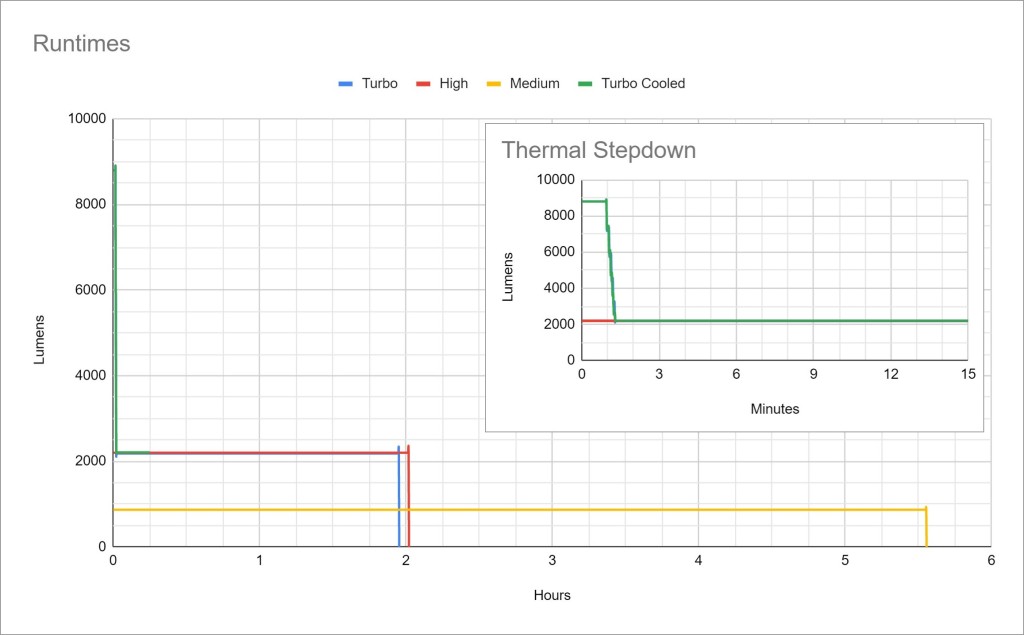
Performance: is excellent for the size. nearly 9000lm for 1 minute on Turbo before a quick step down to High mode. High mode is a stable 2200lm for about two hours. Medium is about 800lm for 5.5 hours.
Thermal regulation: There is a built-in fan that will turn on when the light reaches 55C to help cool it. The “Turbo” and “Turbo Cooled” (external fan blowing directly on the light) runtime graphs are identical. There is no active thermal regulation, so the brightness will not adjust to keep the light at a stable temperature. That means the light will perform very consistently but may also overheat in hot weather or leave some performance on the table in cold weather. I hope they add active thermal regulation in the next version.
LVP (Low Voltage Protection): I did not happen to measure the cutoff voltage, but the batteries are unprotected and the light shuts off so it must have LVP. Keep in mind, I don’t think there’s any balancing circuitry so it’s possible for mismatched batteries to be over-charged or over-discharged even if it does have LVP.
Driver & Regulation
X1 uses a buck driver, which should provide higher efficiency and better regulation than cheaper FET-driven high-output lights from Sofirn, Wurkkos, Emisar, etc. A good driver is what separates cheap hotrods from high-quality tools.
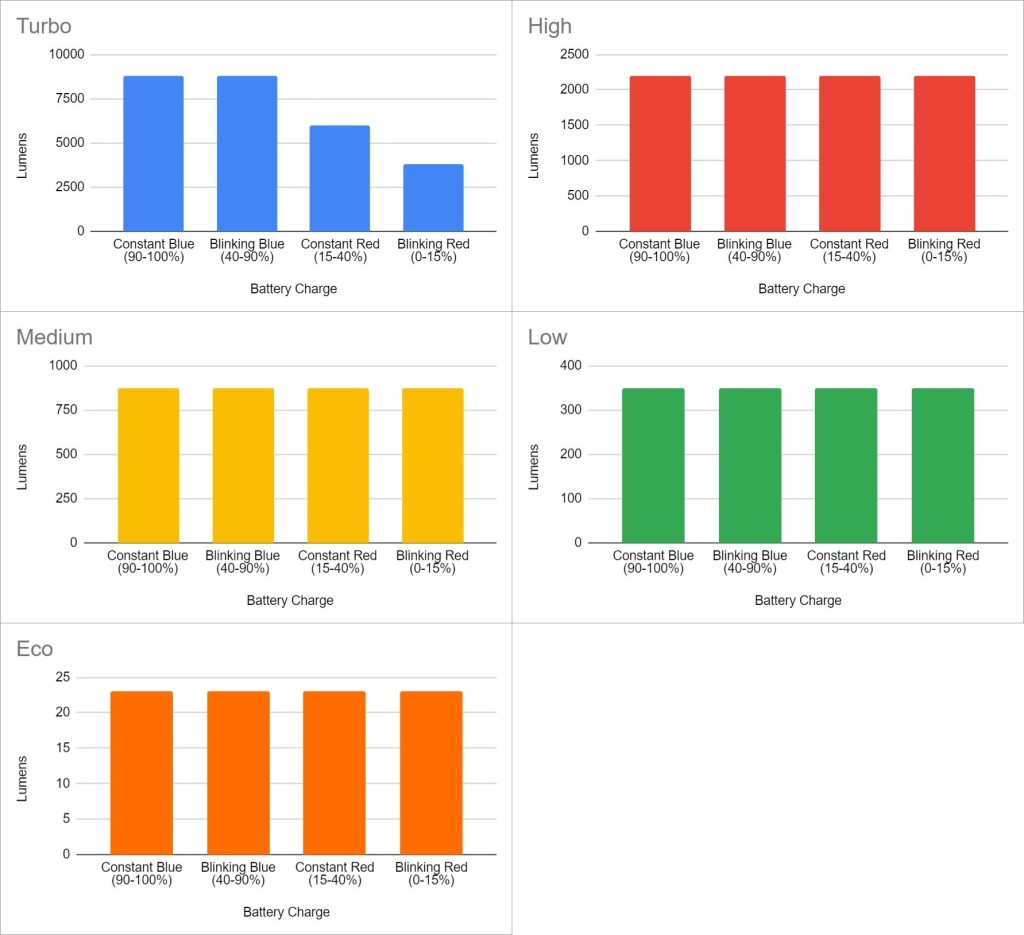
Regulation is above average. Only Turbo is affected by charge level, and it’s only affected when the battery is less than half charged. That’s extremely impressive for a light this bright and this small.
Note: All regulation measurements are taken at turn-on so they do not reflect any thermal or low voltage step-downs that may occur. A value of 0 indicates low voltage shutoff immediately upon activation.
PWM: No PWM is visible to my eyes or camera, nor audible to my ears.
Parasitic Drain: 160 microamps. That will take over 3 years to drain the included batteries, so it should not be a concern. It’s worth noting there’s no way to eliminate this drain because there is no traditional threaded tailcap to loosen, and the batteries are not easily removable.
Switch
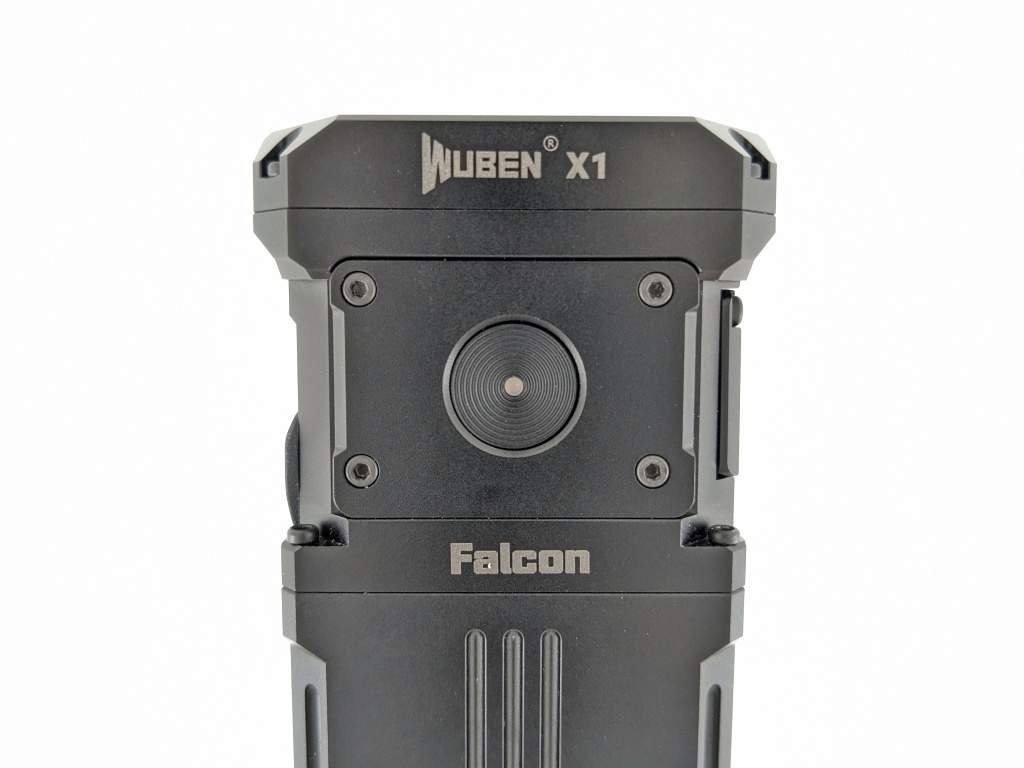
The switch is located on one of the larger flat sides of the light. It’s a large, recessed, plastic disc with an LED in the center. It’s not very audible or tactile so it’s possible to miss-click occasionally. It’s also got a little bit of wobble side to side. To be clear, it’s not bad, but it’s not good either. This is the one part of this light that feels a little cheap.
The LED under the switch is a battery status indicator that lights up for 5 seconds after the light is activated. Constant blue means the light is 90%+ charged. Blinking blue means the light is 40-90% charged. Constant red means 15-40% charge. Blinking red means 0-15% charge and it will continue blinking until the light is turned off.
Having a battery indicator is important in this light because you can’t easily remove the batteries to check or swap them. I don’t love this battery indicator though, because it’s difficult to understand unless you’ve read and memorized the user manual. I think it would be better to have multiple battery indicator LED’s near the switch like the example shown below. That setup is a lot clearer and more precise than one switch LED. It would also allow the switch to be redesigned for better feel.
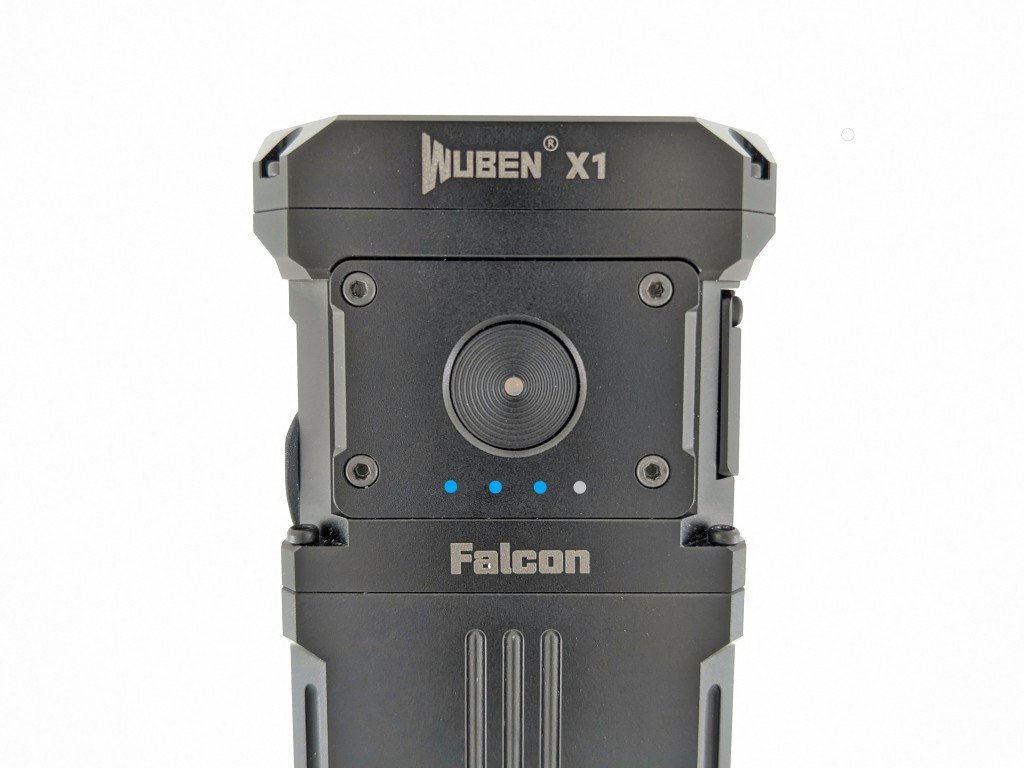
Carry & Ergonomics
X1 has excellent ergonomics. It’s just the right size to be held in the hand without being unwieldy or fiddly. The chamfering all over the light softens all the sharp edges but still provides plenty of grip. The cuts in the sides and on the bottom provide some extra grip right where my fingers land. My thumb sits right on the button and it just works. It only works well in a forward grip though. Any other grip is kind of weird.
This is a fairly large and heavy light so it’s not something I’d want to carry every day, but Wuben does provide a holster and lanyard. The holster feels high quality with buckle closure, drainage grommet, felt lining, D-ring, and two belt loops on the back. One loop is fixed to be more secure, and the other is held in place by quick-release snaps. The material is thick and semi-rigid so the it retains its shape when the light isn’t holstered.
The wrist lanyard is camouflage paracord and it feels very cheap like Wuben accidentally bought thousands of them and is now sticking one in every box just to get rid of them. It does not match the quality of everything else included with this light. One accessory that’s offered, but not included, is a quick-attach bike mount that installs via two screw holes on the bottom of the light. Neat!
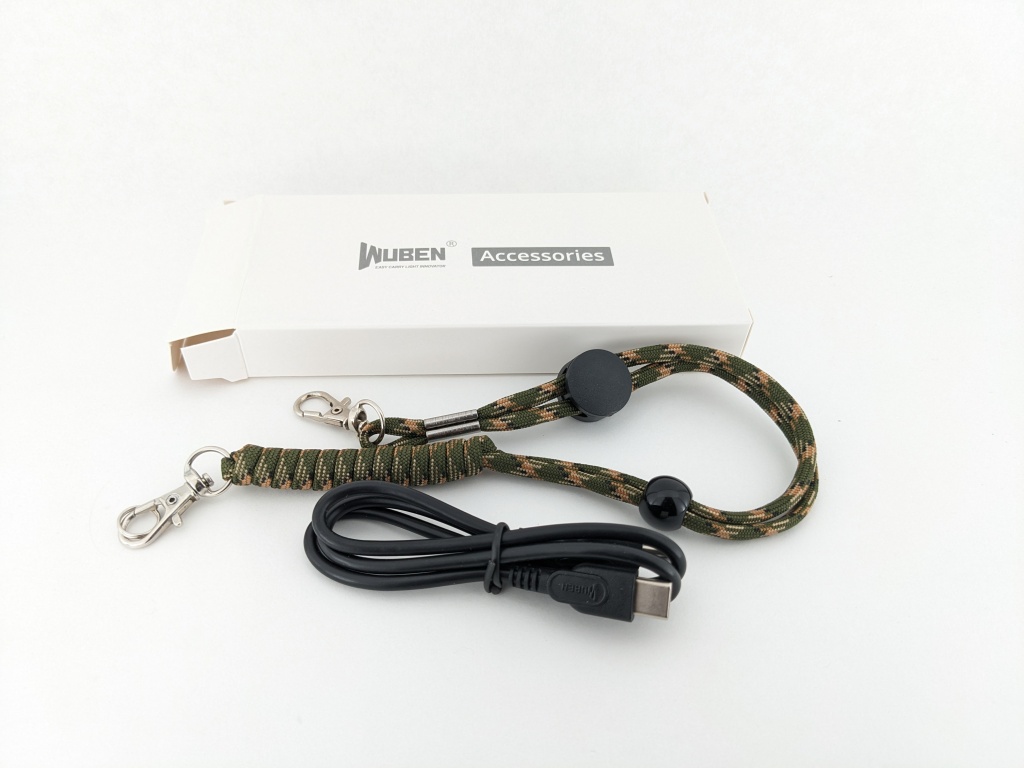
There are two carry-related items that I wish Wuben had included: a pocket clip and a magnetic tailcap. This is a big light but it doesn’t require an entire pocket, so I’d like to be able to clip it to the top to keep it indexed and separated while I carry it. Without a clip, I have to dedicate a pocket just to this light and it falls to the bottom. They could easily make a clip to sell as an accessory and I hope they do. A strong magnet in the tailcap would also be tremendously useful for sticking X1 to the hood of a car, inside of a metal cabinet, or anywhere else you might need hands-free light.
Batteries & Charging
X2 uses two unprotected flat top 4800mah batteries in series. They are supposed to be built in and you’re not supposed to open up the light. Doing so is easily possible by removing the screws on the tailcap, but it may void your warranty. It’s tricky to re-assemble afterward too so it’s not something you want to be doing regularly.
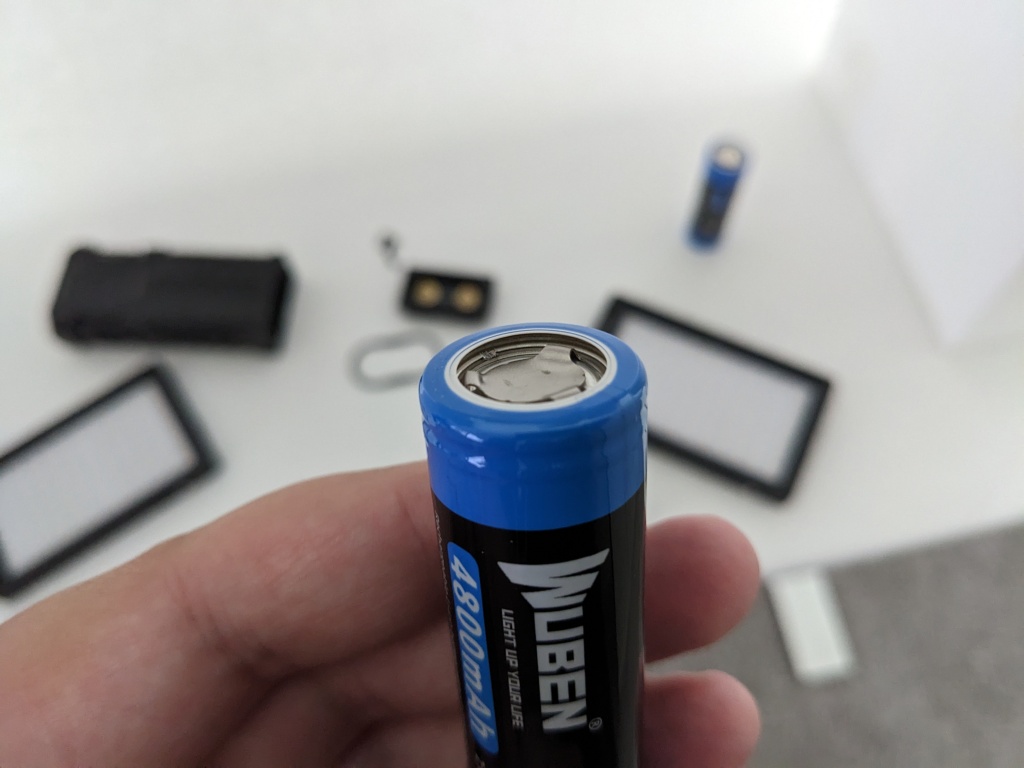
The springs are very stiff and exert a lot of pressure on the batteries, enough that one of mine was dented in from the factory.
There is no balancing circuitry here, as far as I can tell. Based on that and the testing equipment I saw in Tim McMahon’s recent Wuben factory tour video (highly recommend you check that out), I believe Wuben carefully matches the two batteries at the factory to ensure they do not become imbalanced. You will need to do that too if you ever decide to open your light and replace the batteries, or you risk a fiery explosion. It would have been nice to have balancing circuitry, but I suppose it’s not strictly necessary in this case because you’re not supposed to fiddle with the batteries.
Charging is facilitated by a USB-C port on the side of the light. It’s PD-rated and it charged from a 100-watt laptop charger in 2 hours. Regular 5V charging will work just fine too but will be slower. Both A-to-C and C-to-C cables work fine. The light works when plugged in, but only on the lower 3 modes. There is no power bank function.
Competition
Here are some lights in the same class and how they compare.
Nitecore TM10K: similar flat design, multiple switches, 6 LEDs instead of 3, pocket clip included, display included, smaller, single battery, no active cooling, more expensive
Sofirn Q8 Plus: cylindrical design, fancier UI, more brightness and throw, one more battery, worse efficiency and regulation, no active cooling, larger, less expensive
This section is not comprehensive. If I didn’t include a particular light here, it doesn’t mean it’s bad or doesn’t deserve to be here. I simply cannot list every possible competitor.
Conclusion
I think Wuben X1 is the best pocketable flooder available right now. It’s got excellent brightness for its size (both on Turbo and sustained). It’s extremely well built both physically and electrically. The UI is the right balance between feature-packed and easy-to-use. Included batteries & USB-C charging are convenient. It’s small enough to put in your pocket without weighing you down or sticking out too much. Wuben has hit a home run with this unique light and I highly recommend it.
Thanks to Wuben for sending me this light for review!
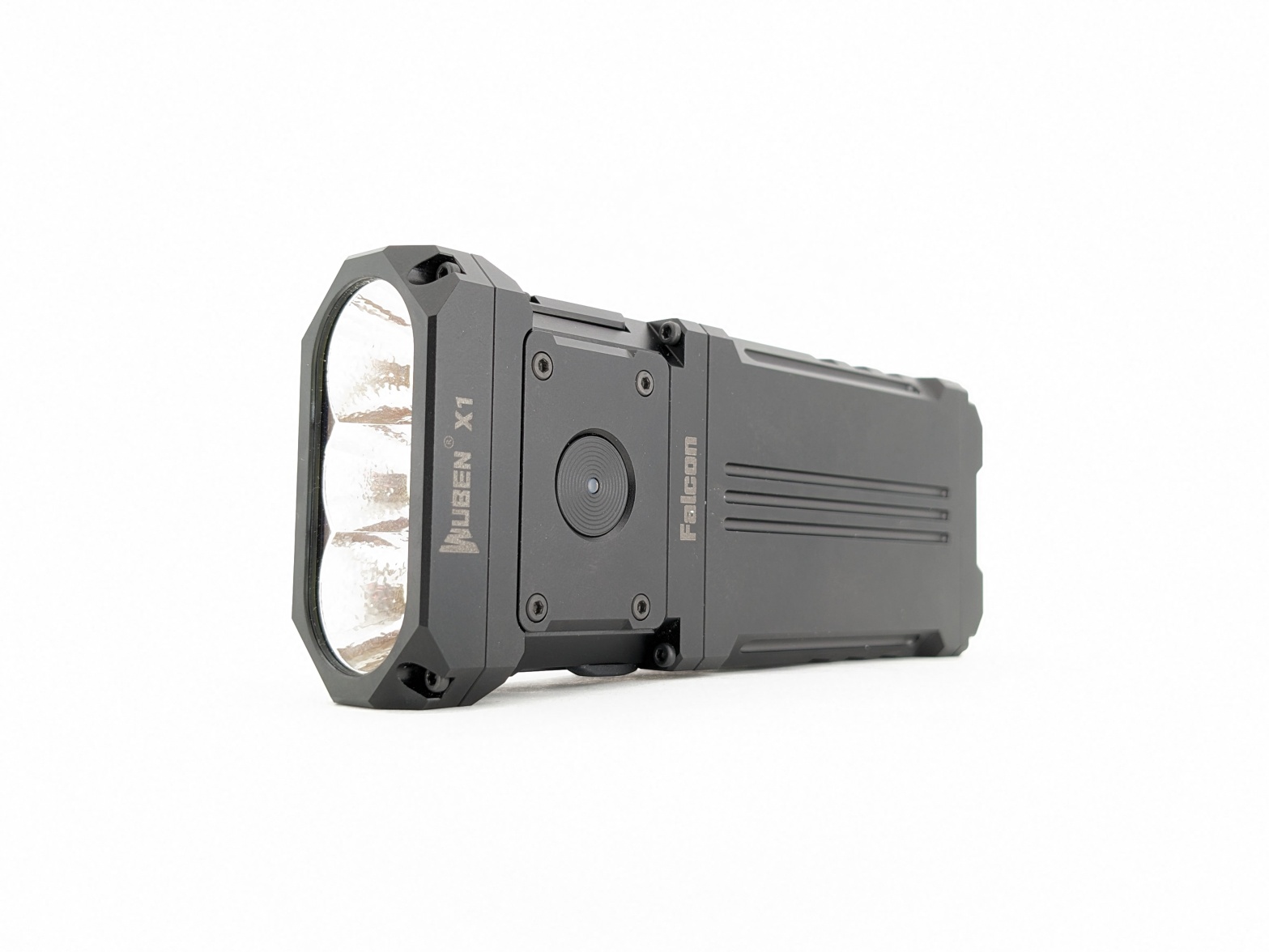
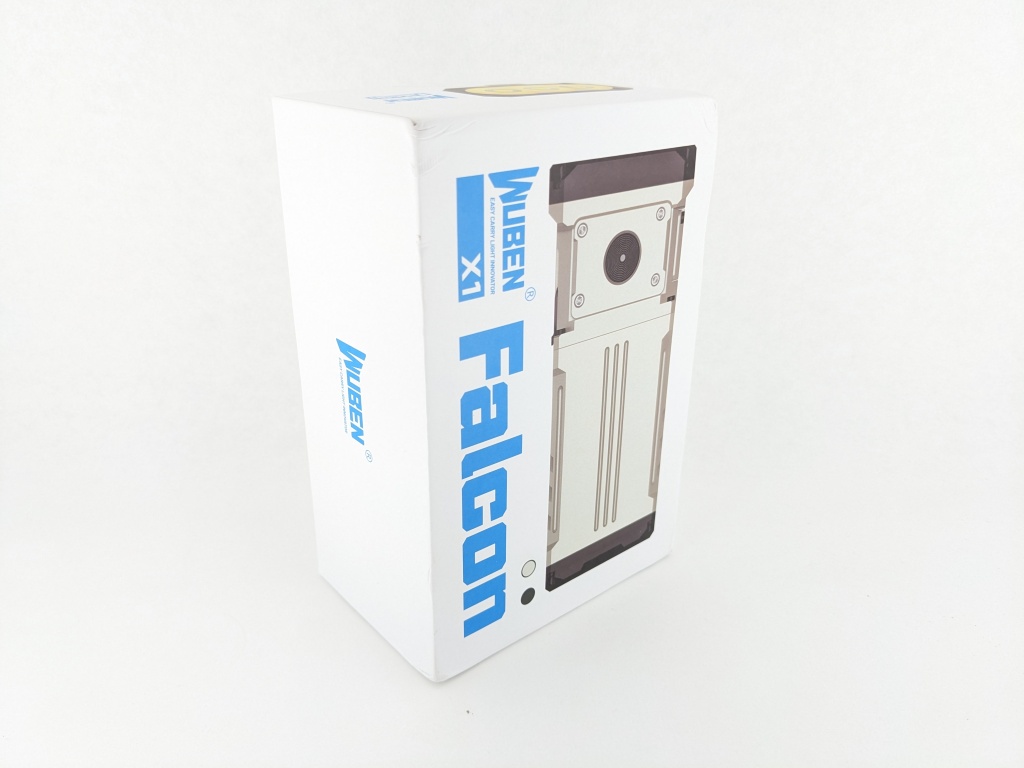
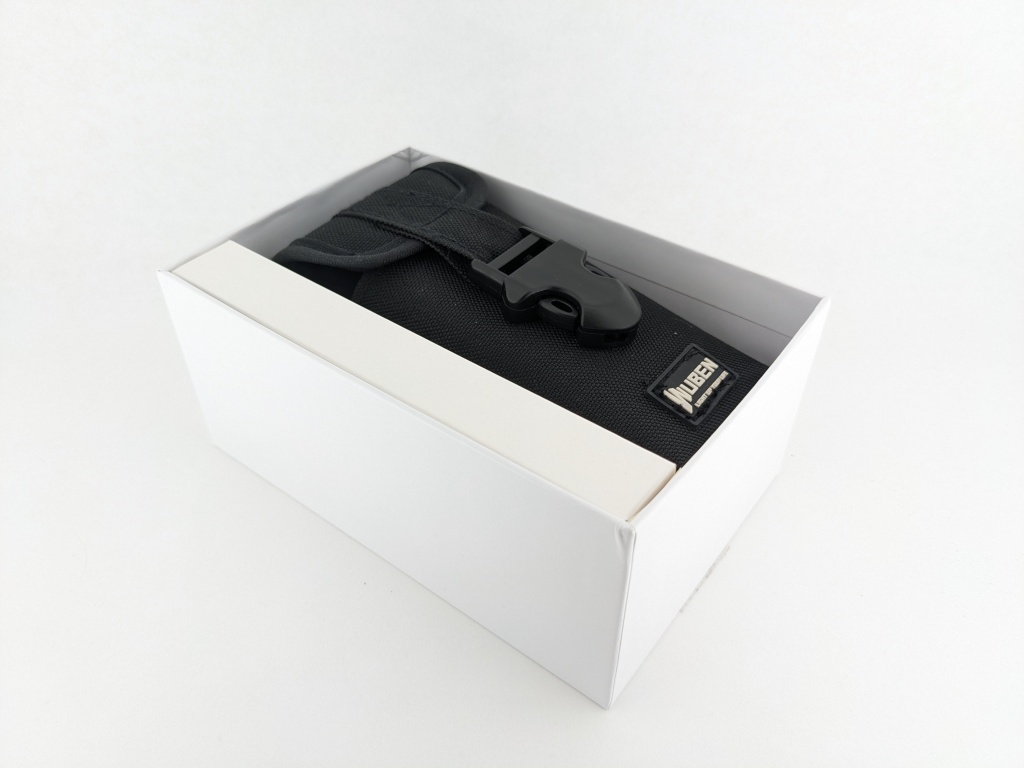
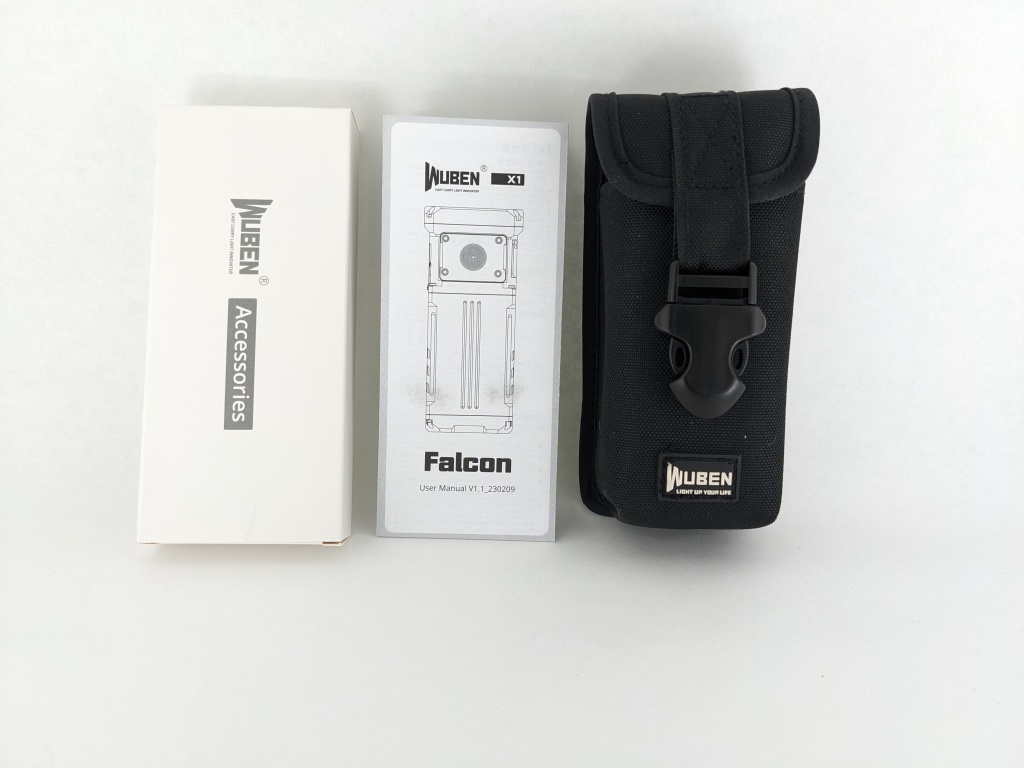
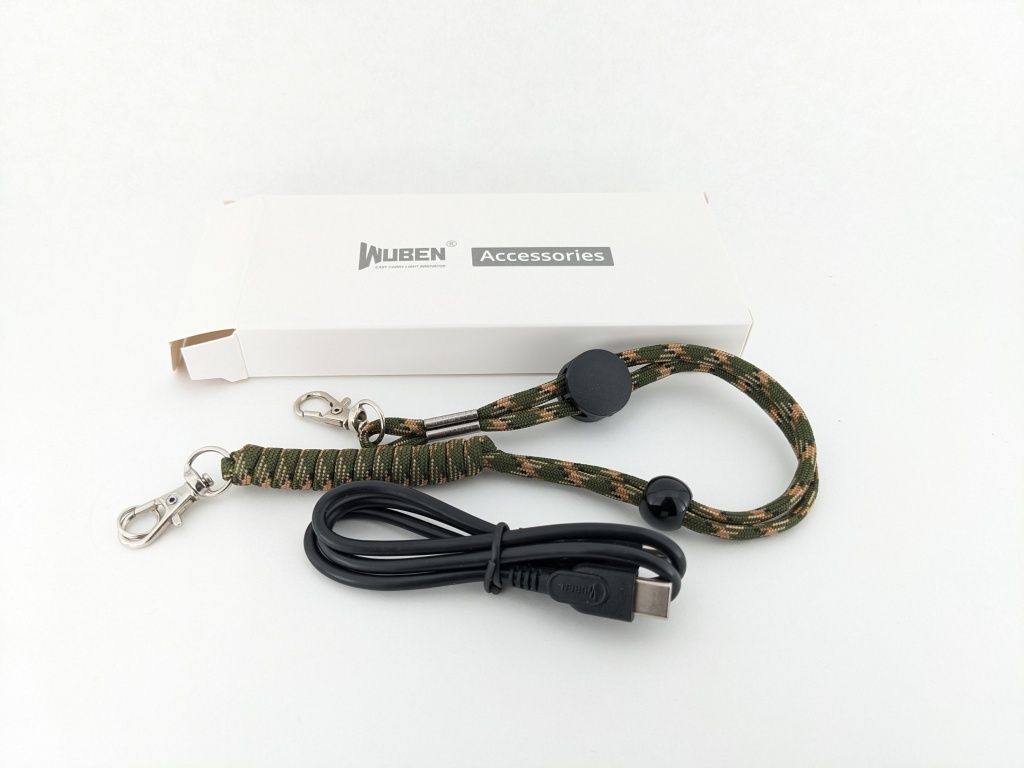
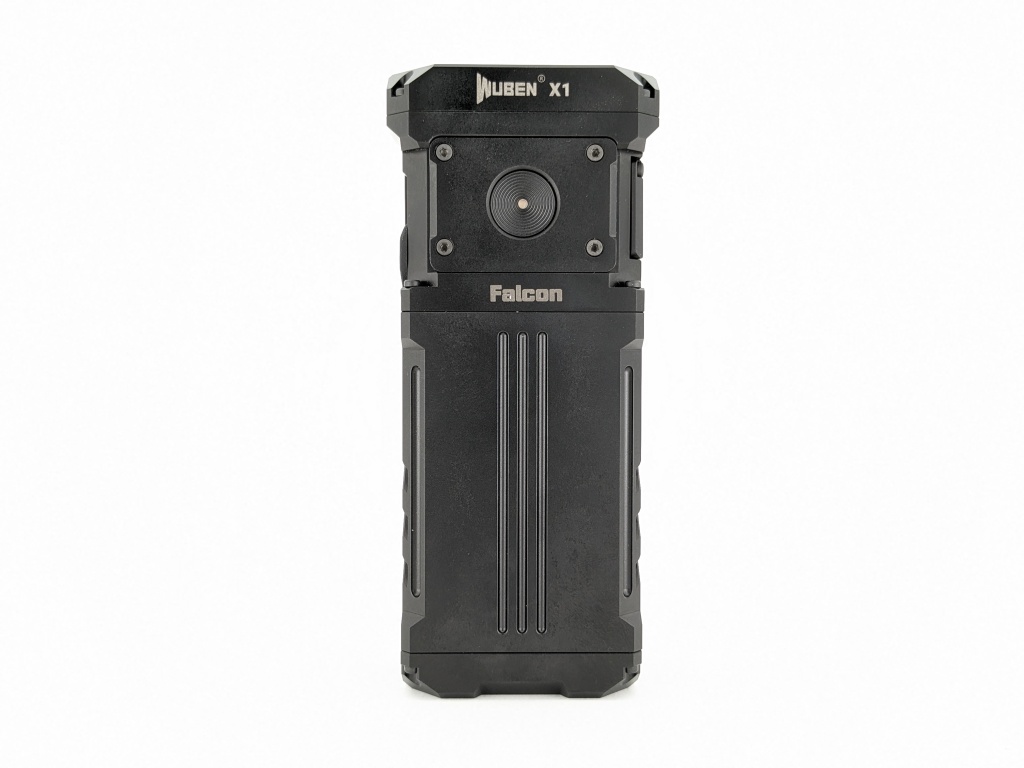
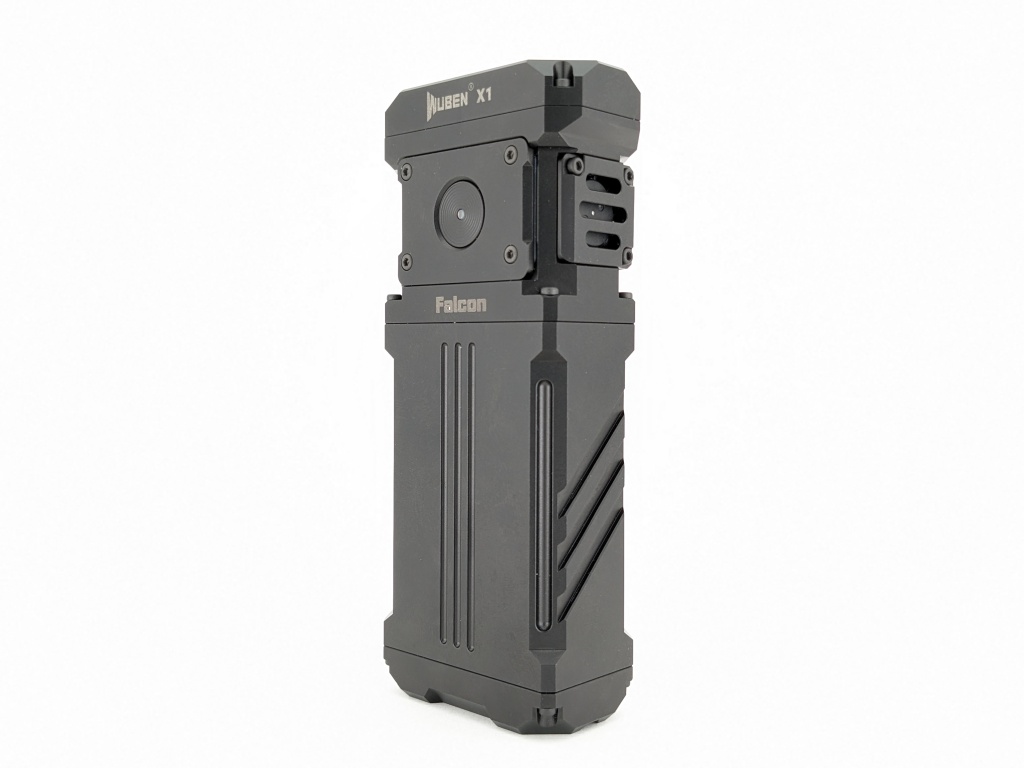
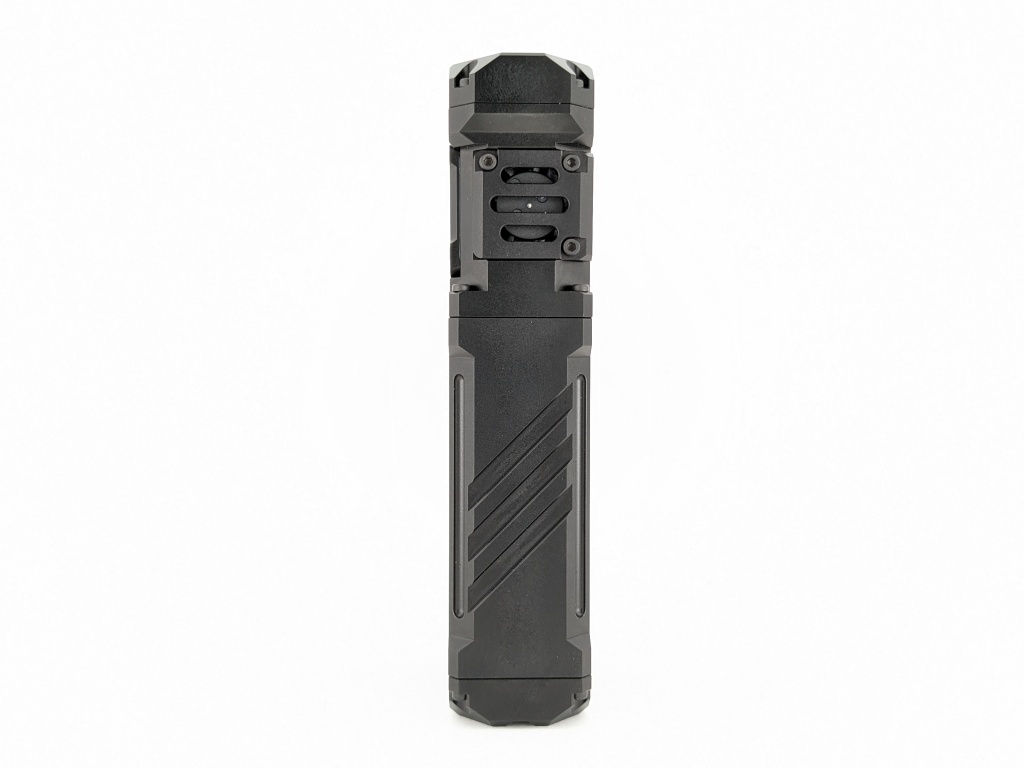
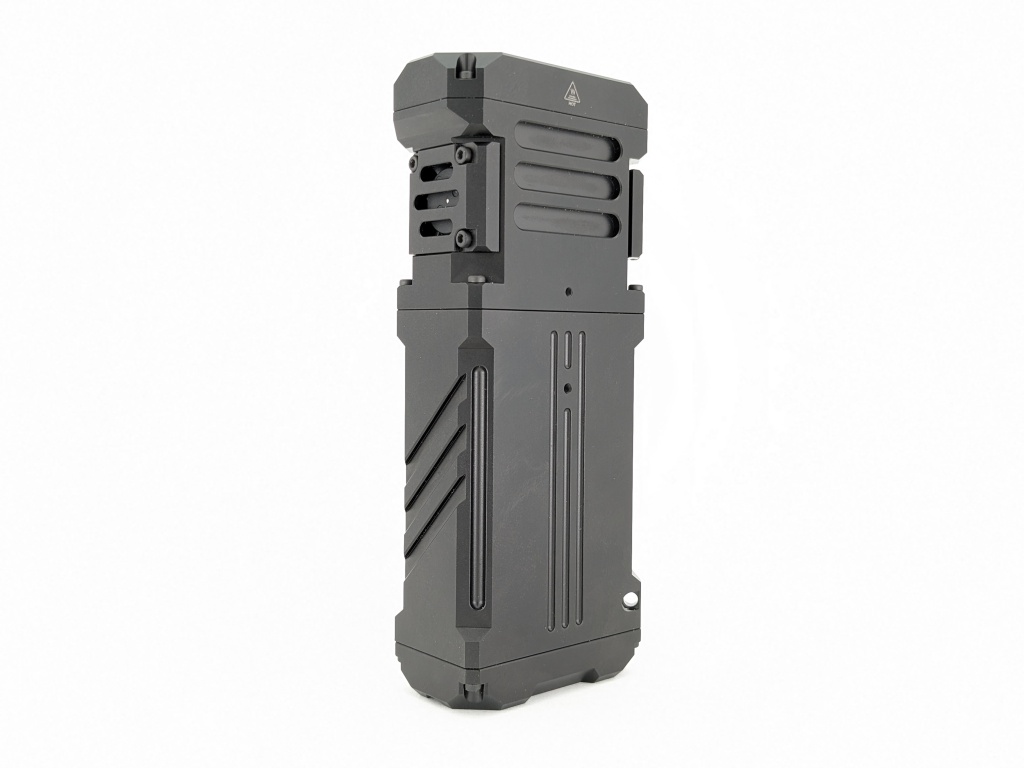
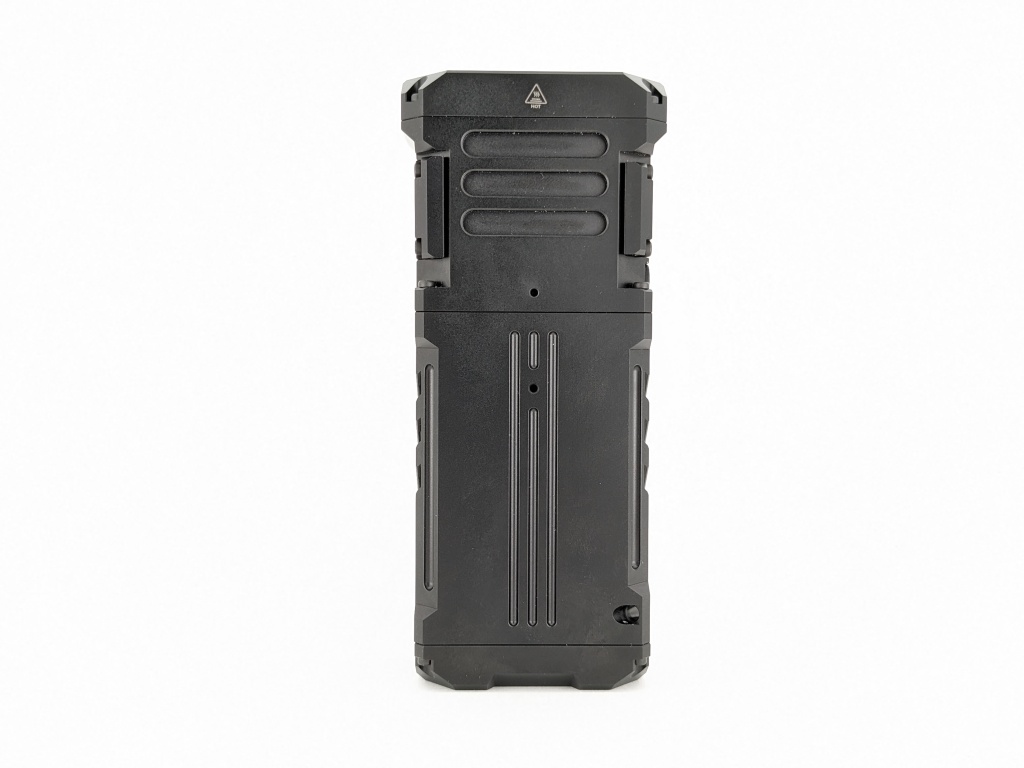
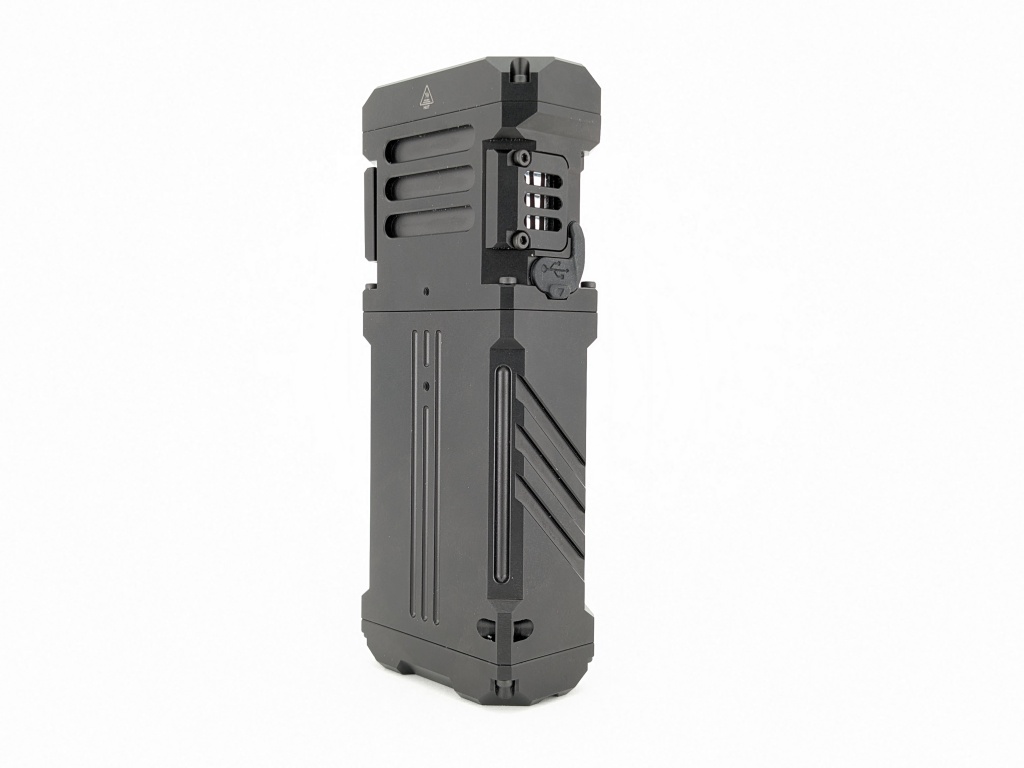
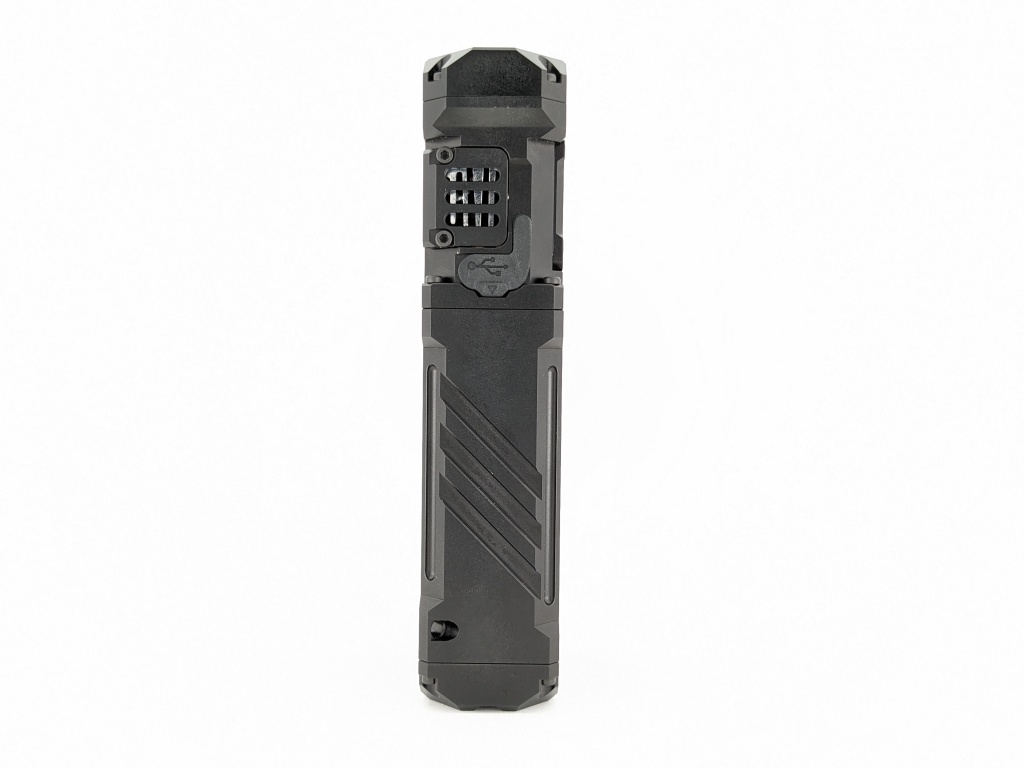
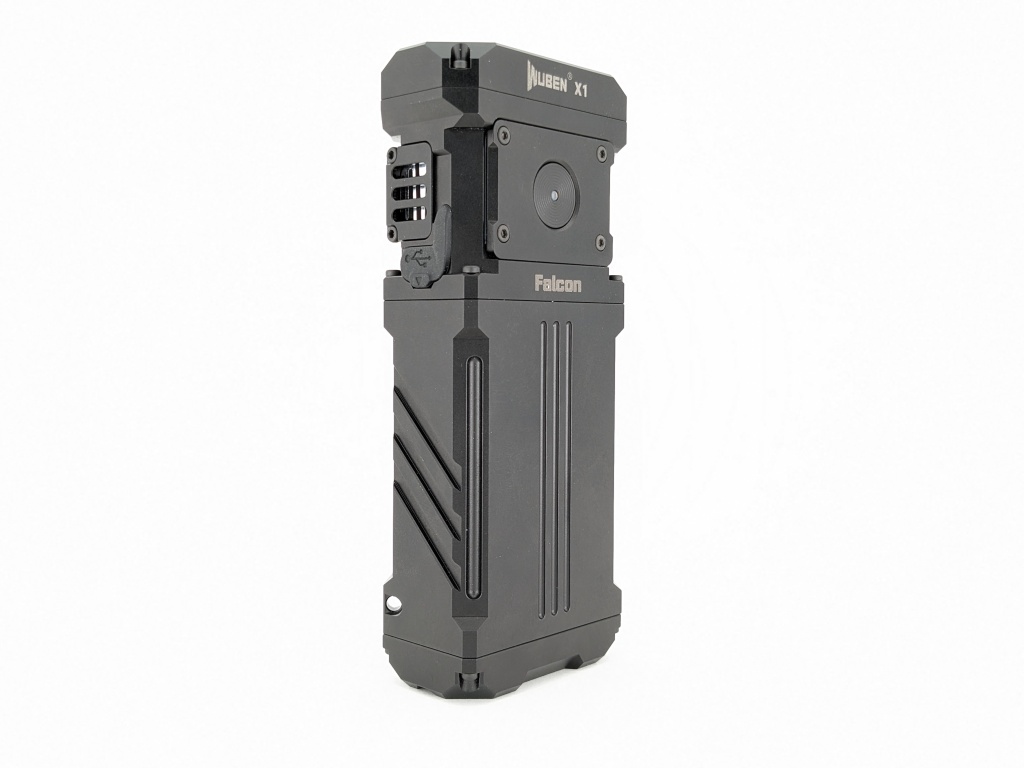
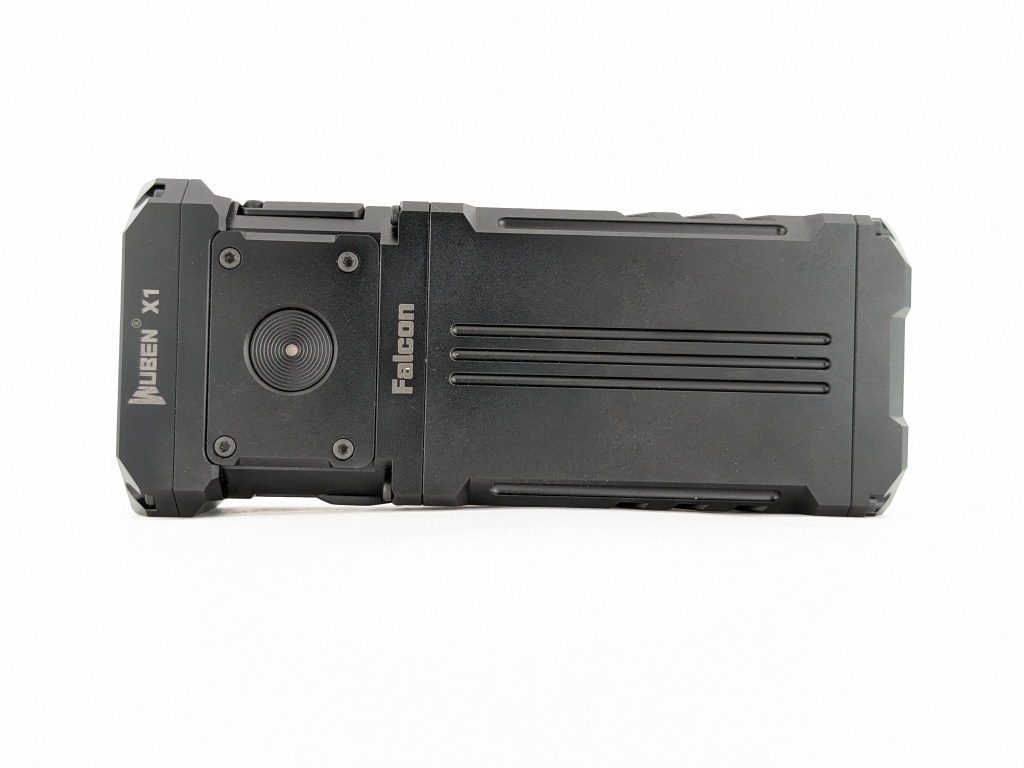
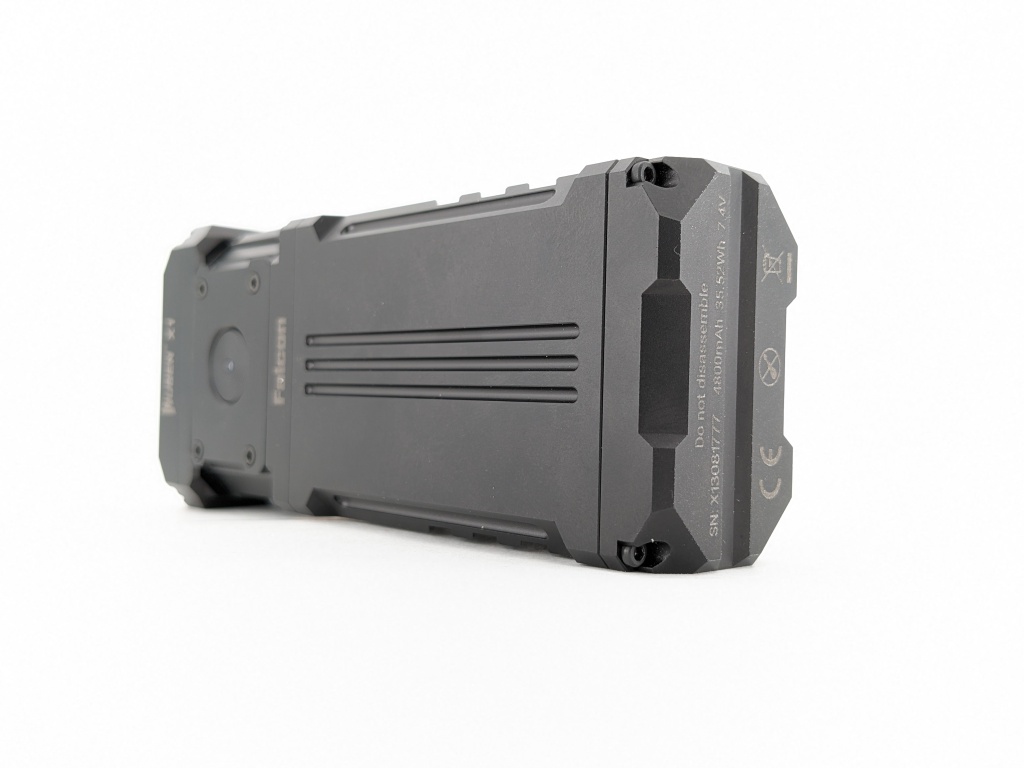
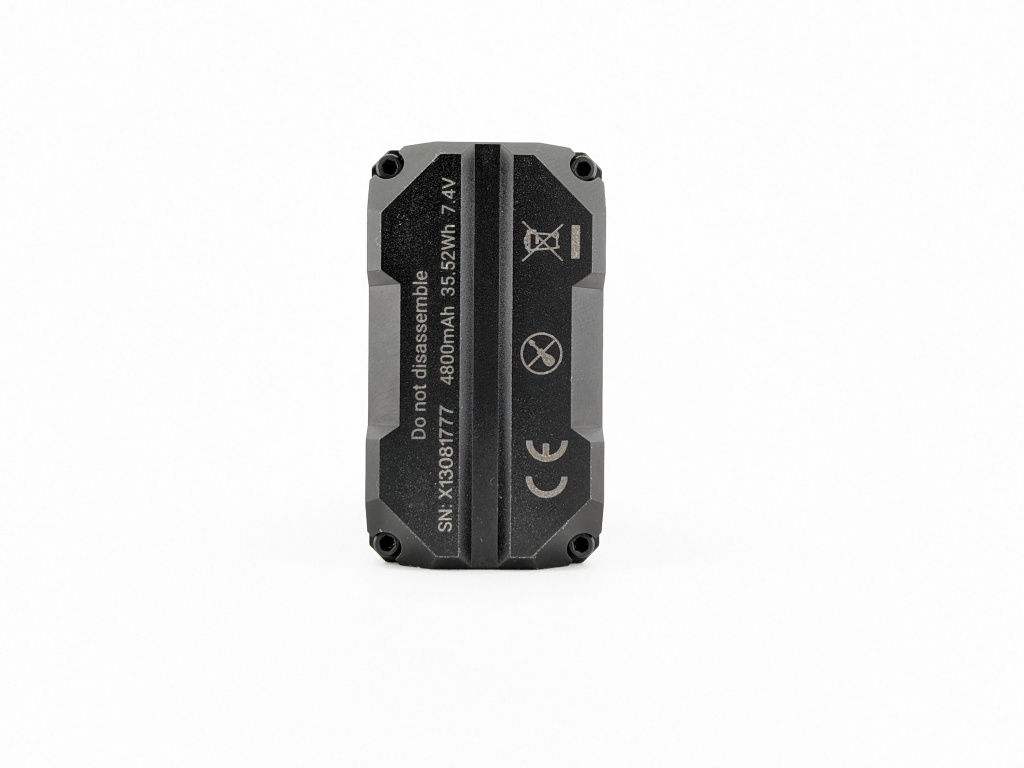
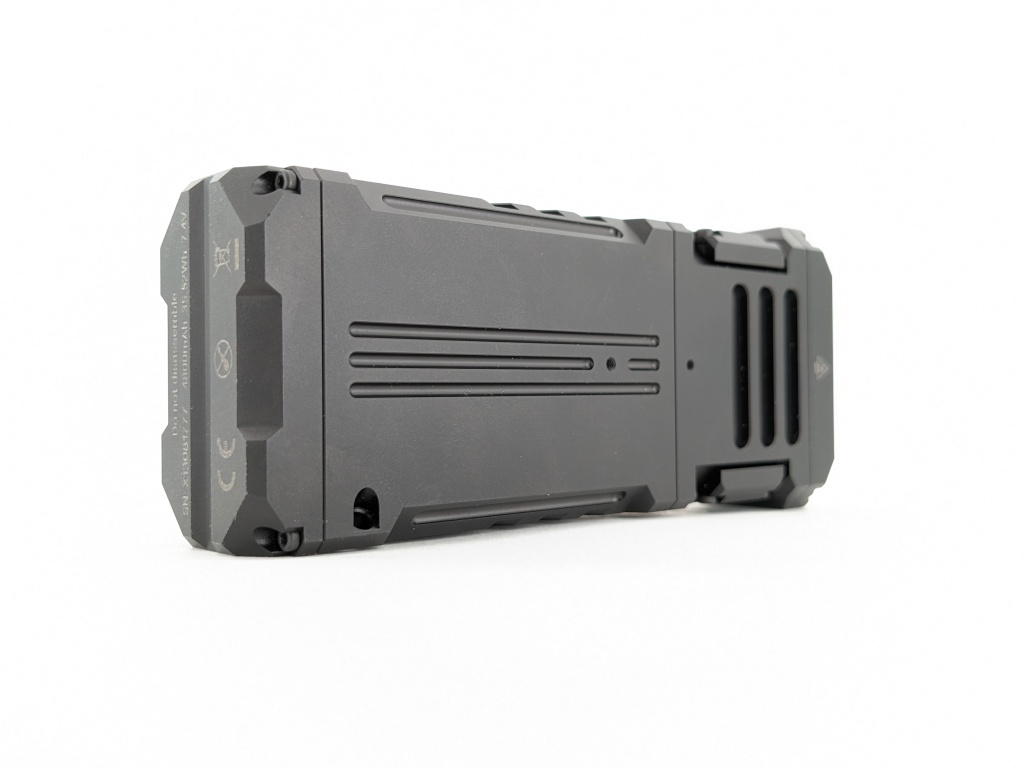
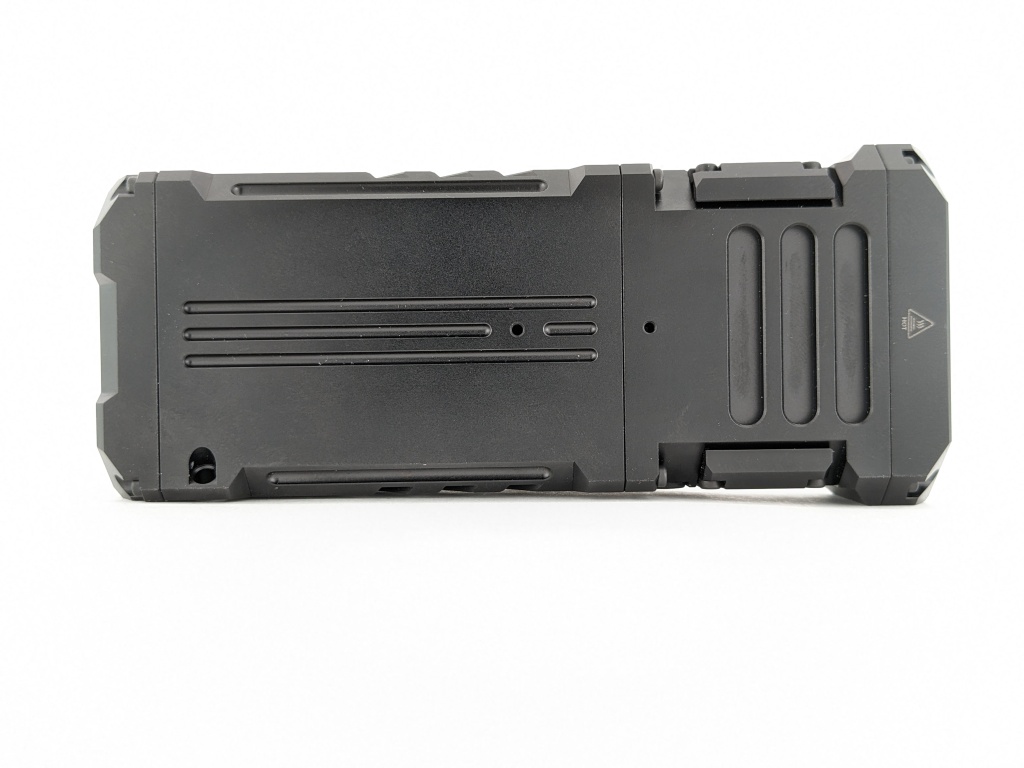
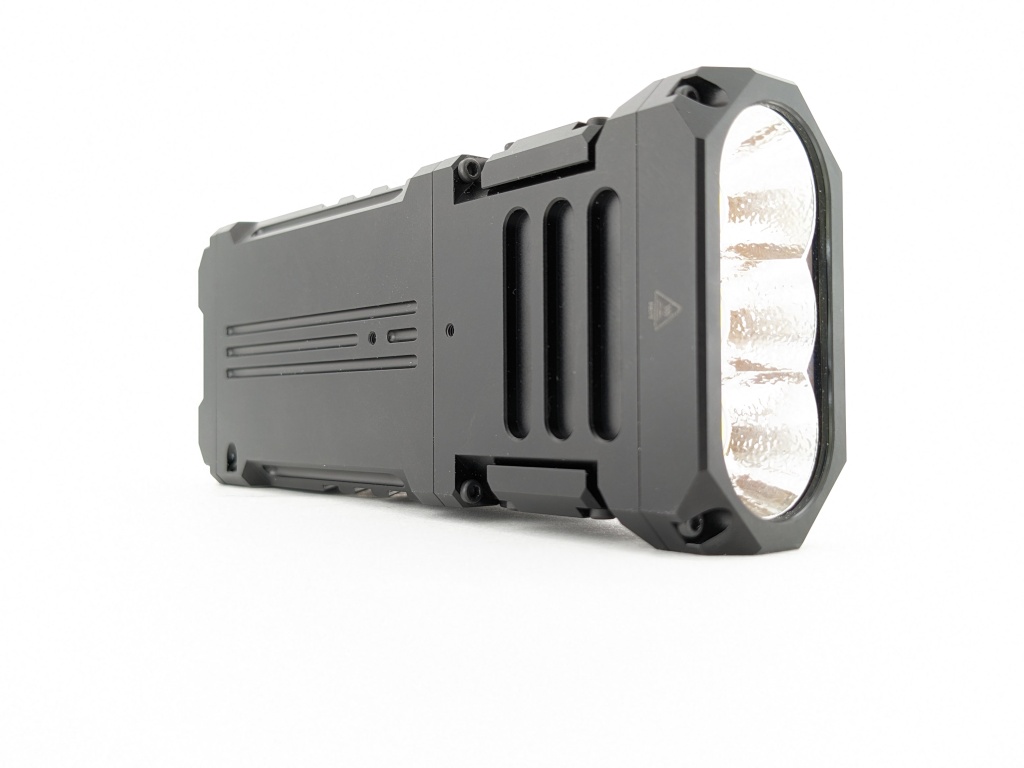
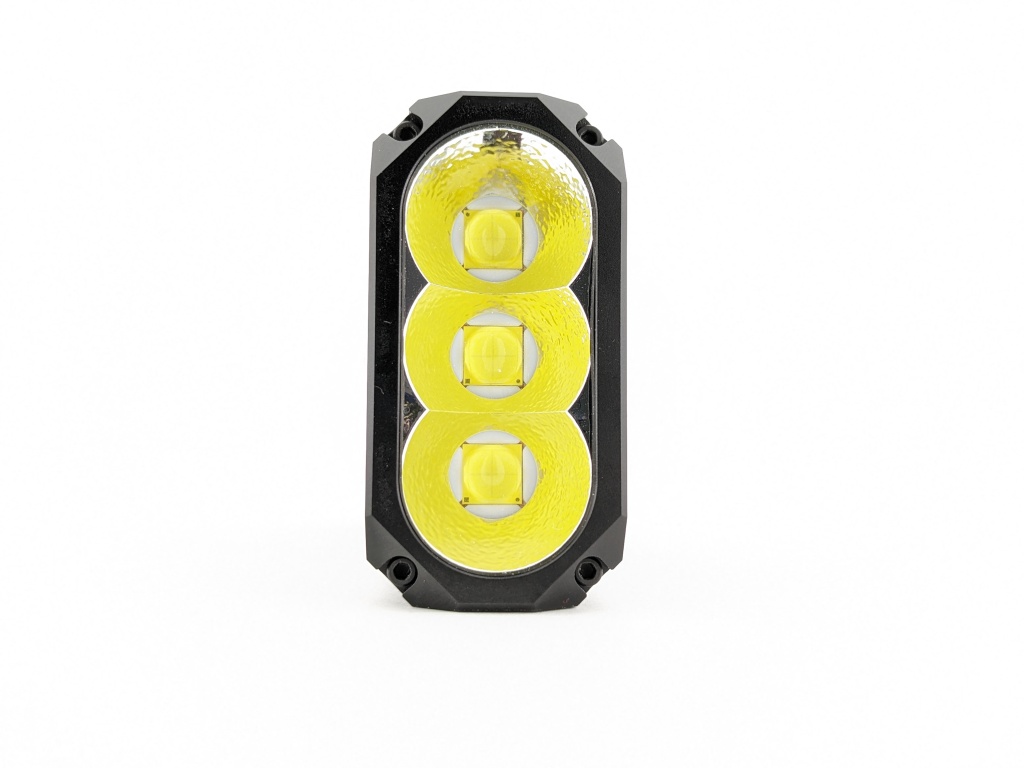
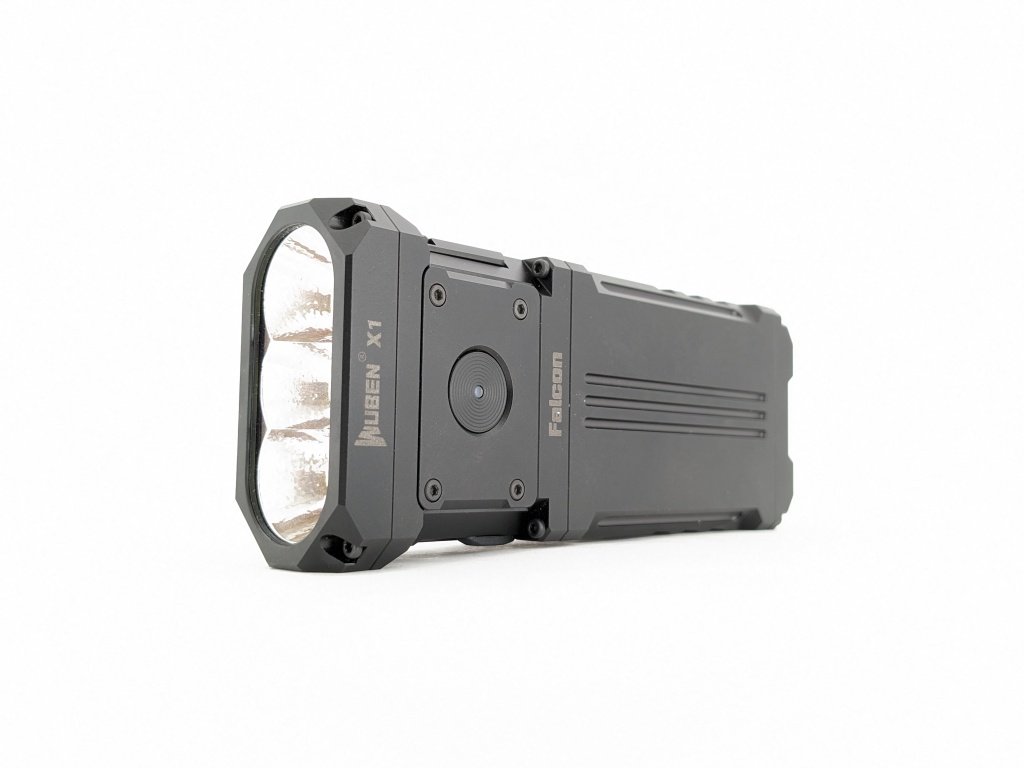
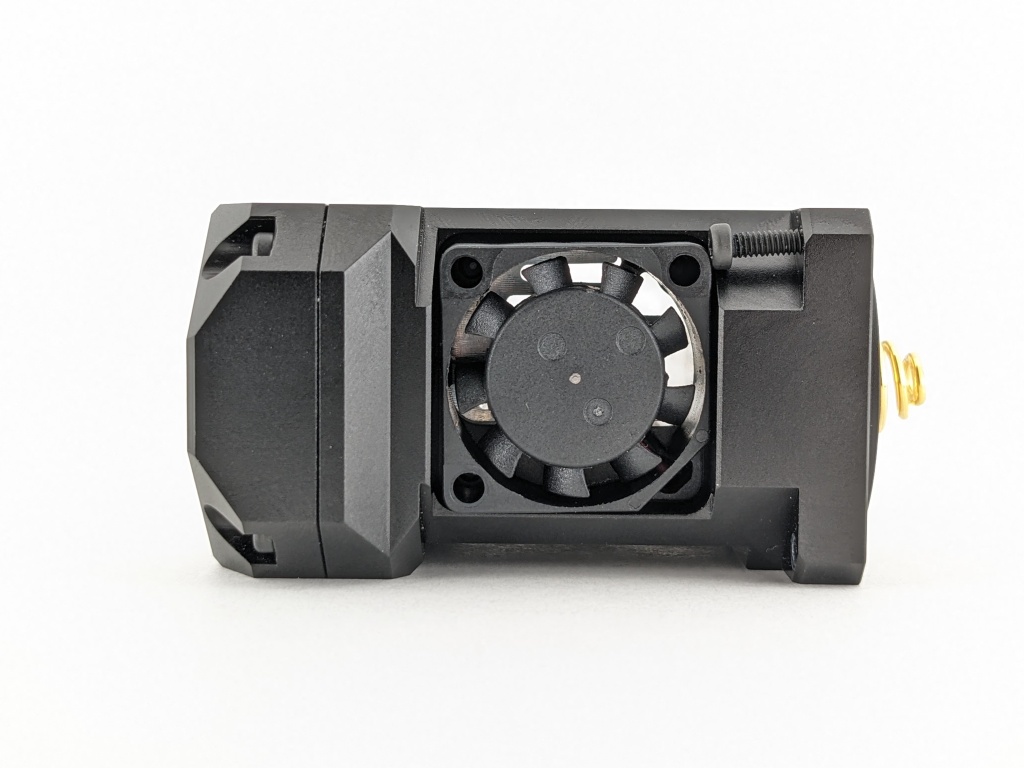
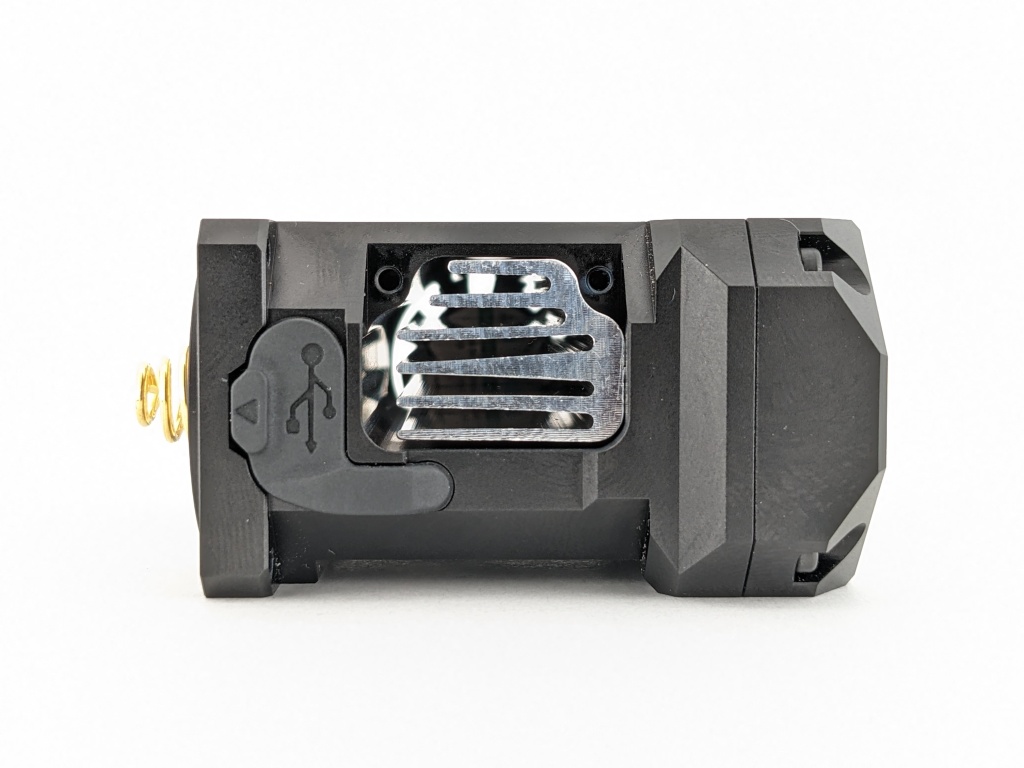
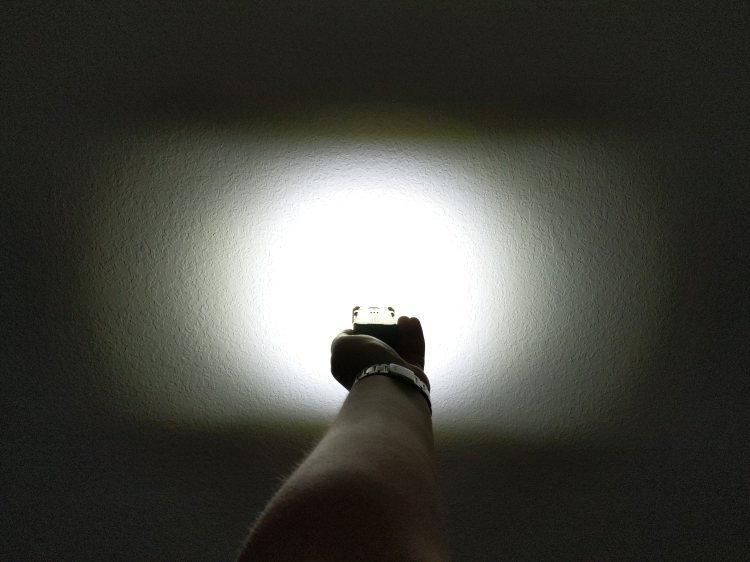
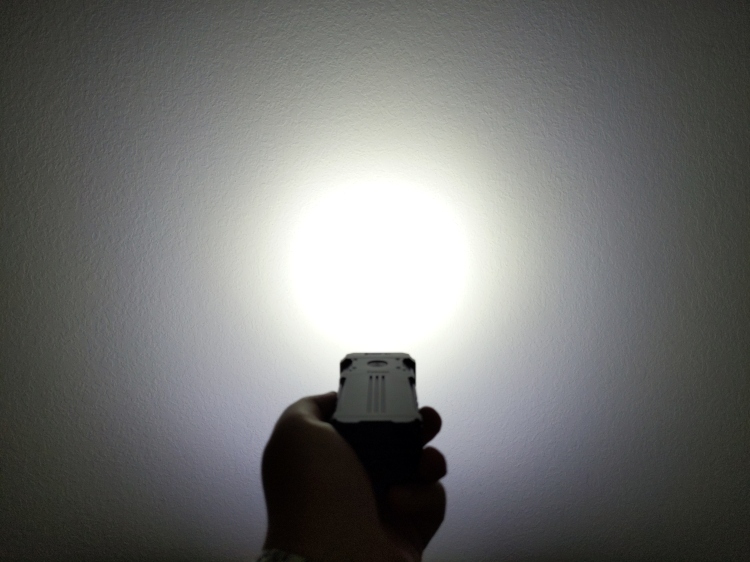
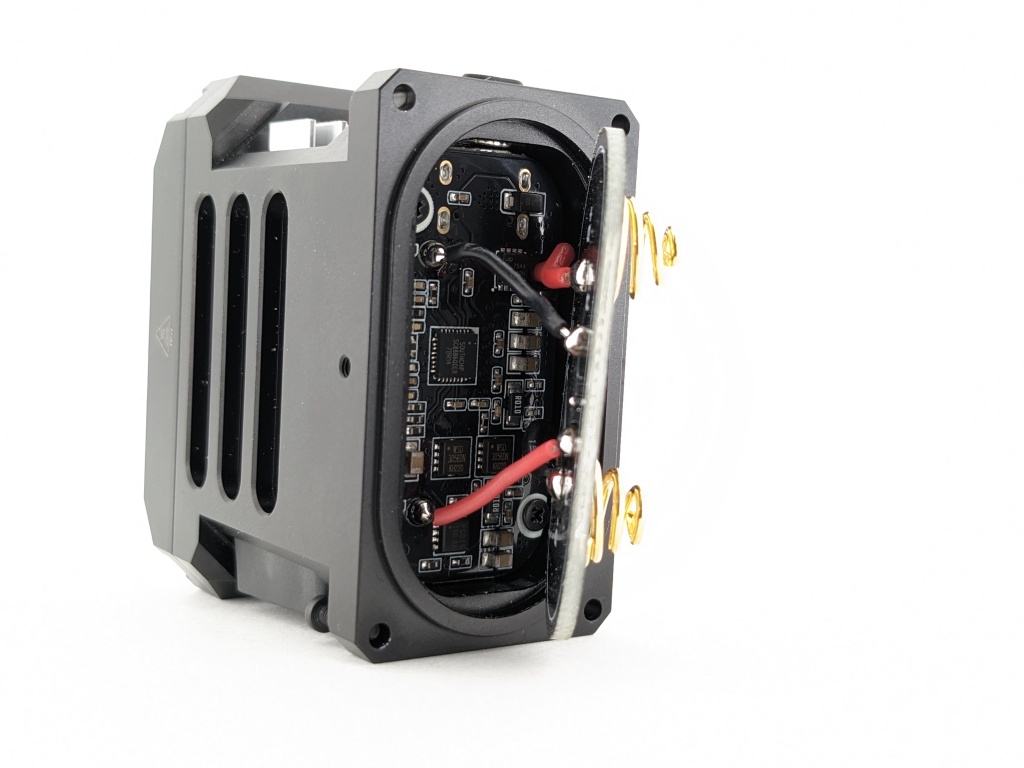
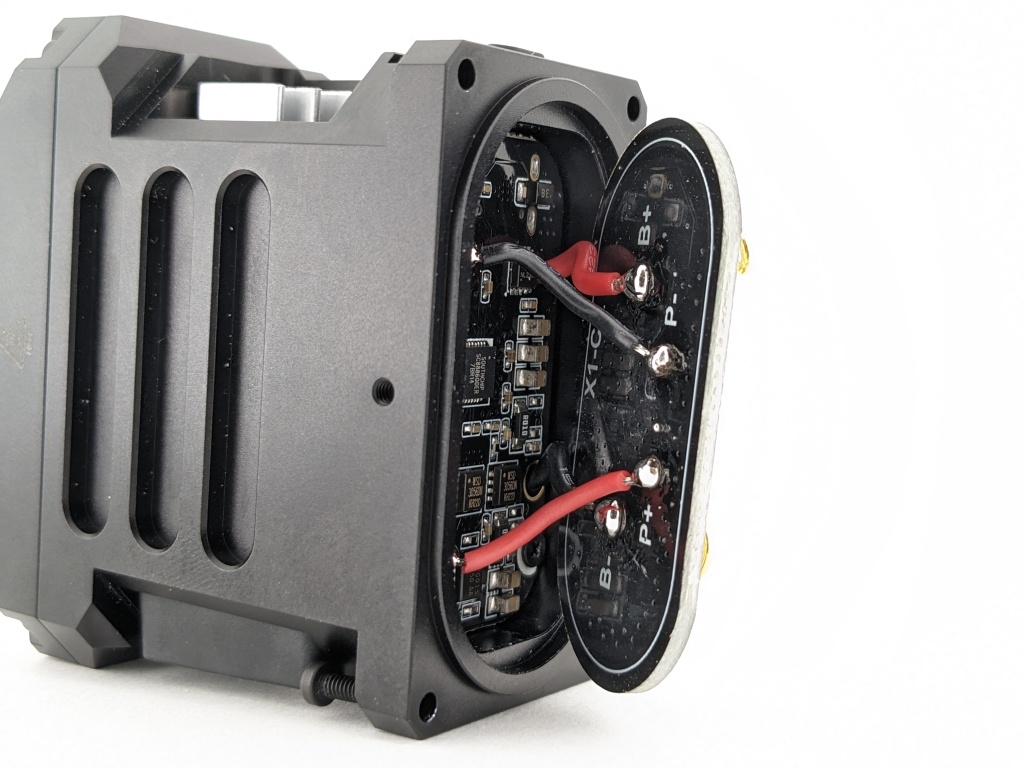
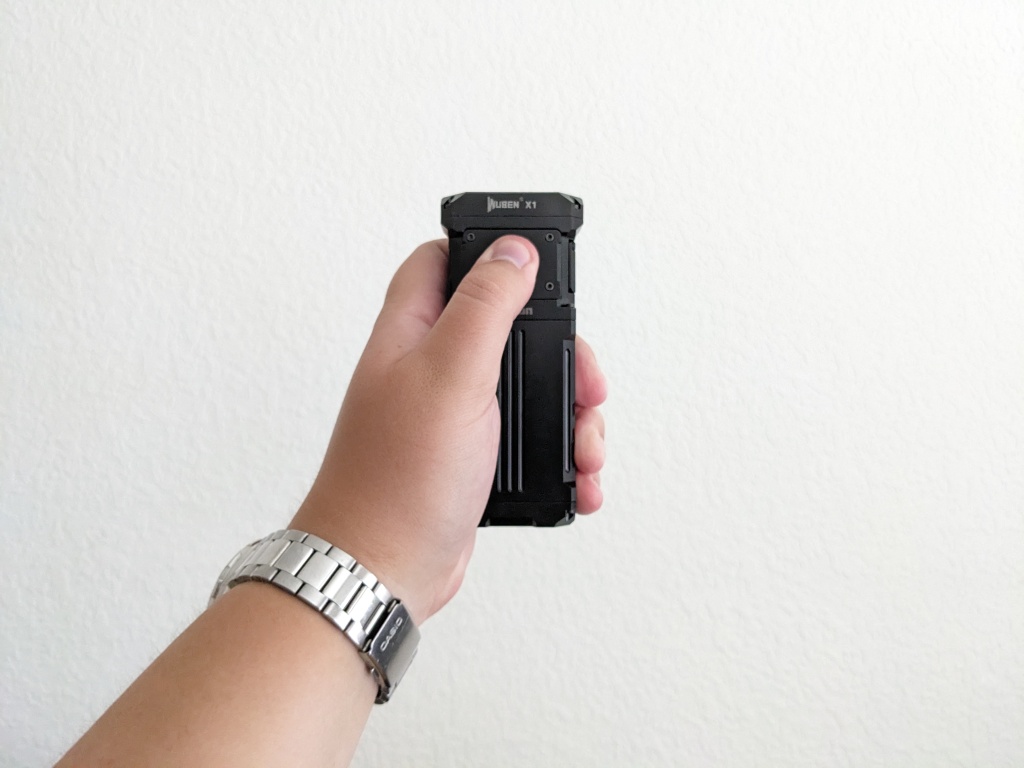
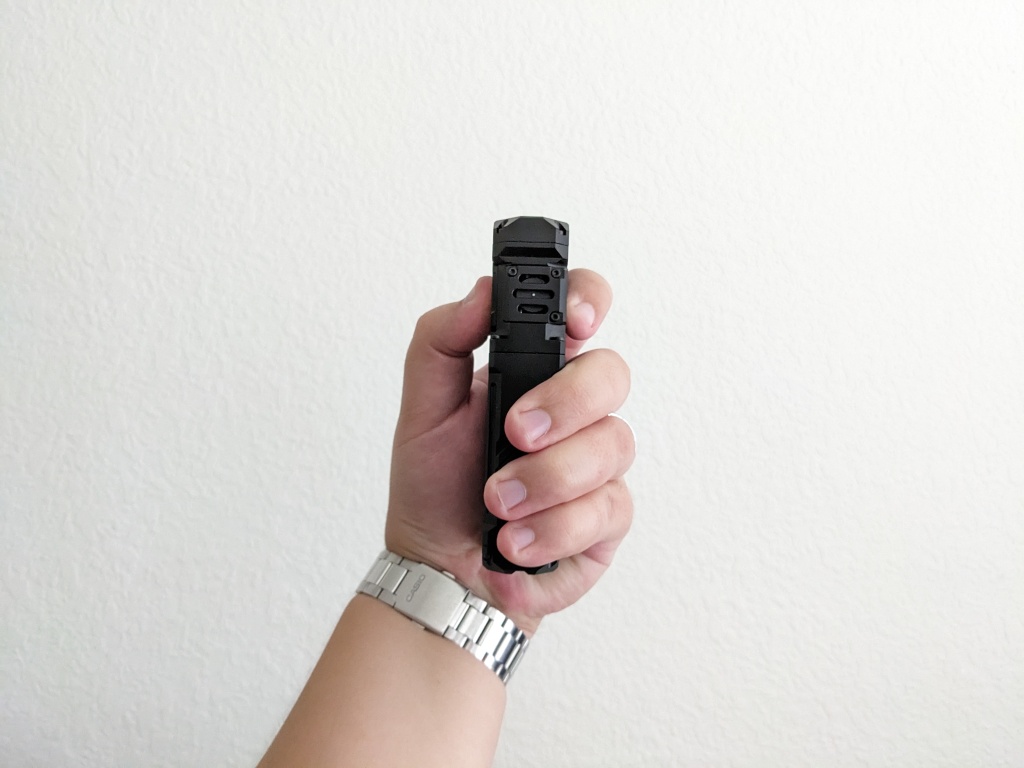
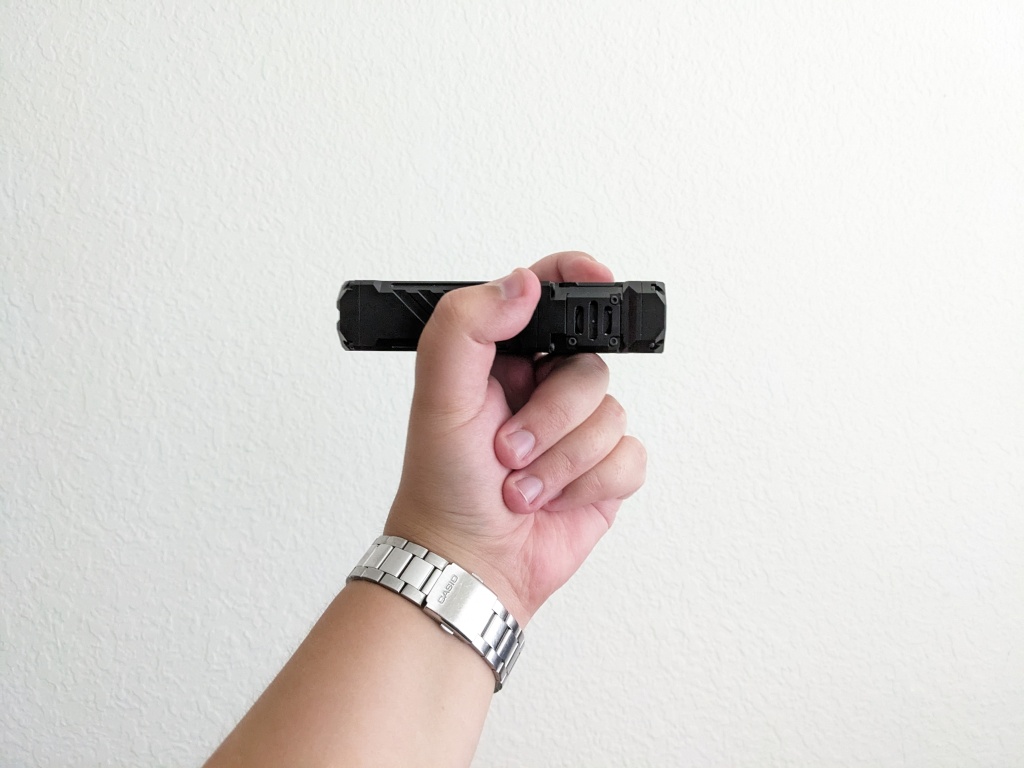
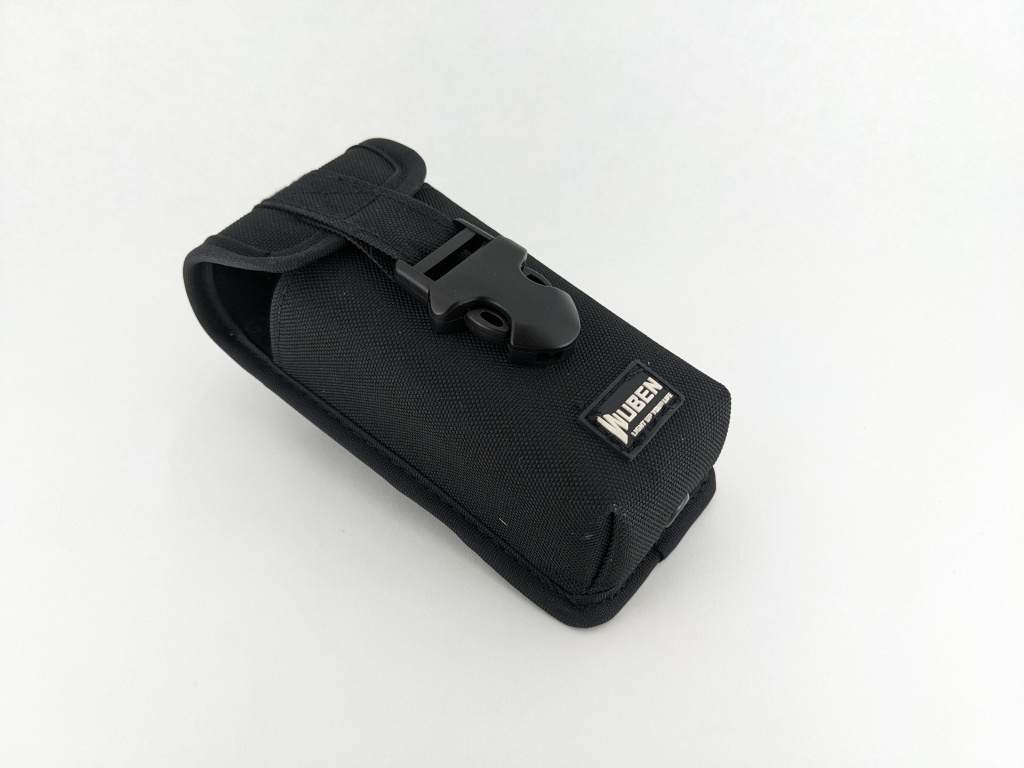
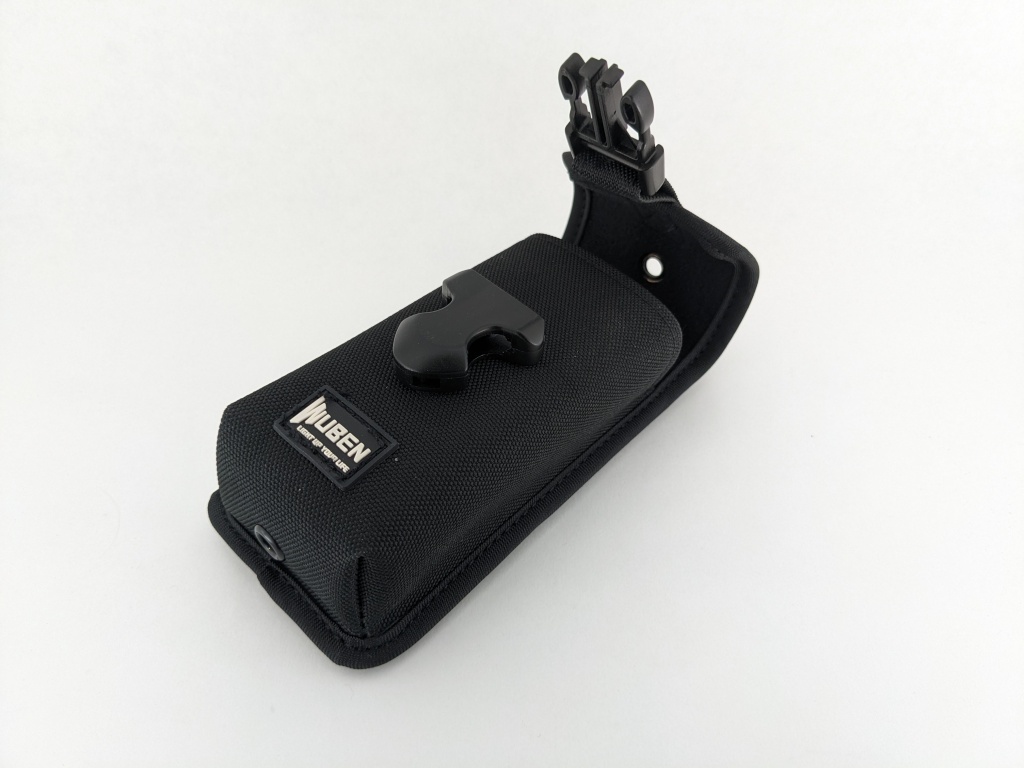
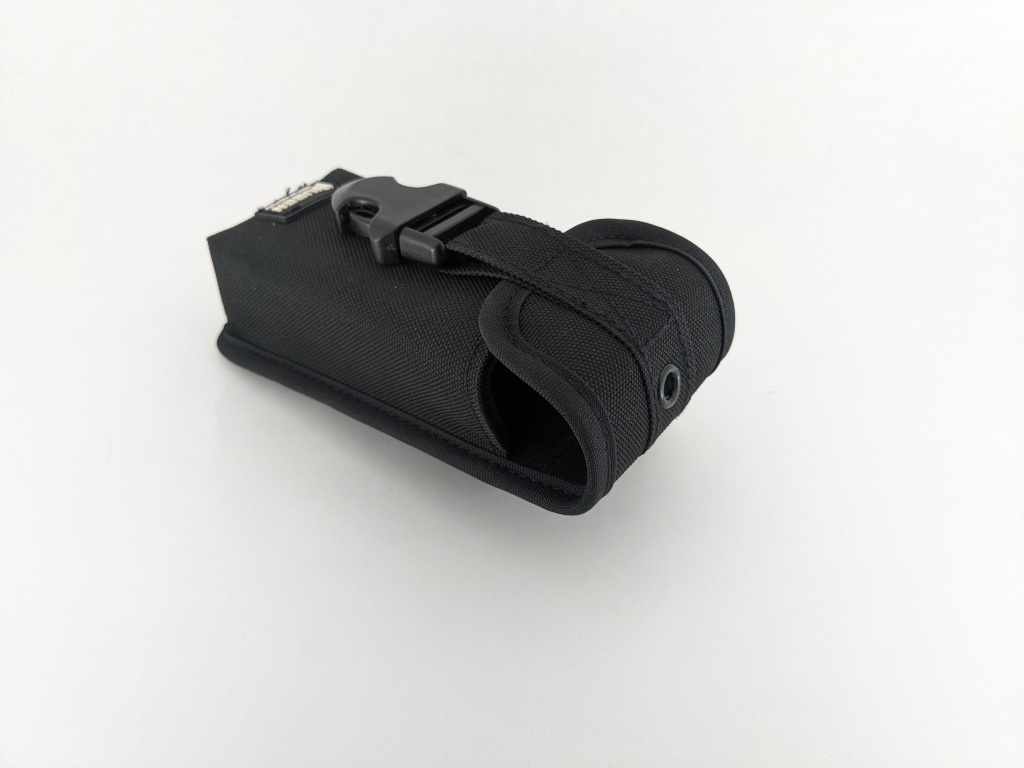
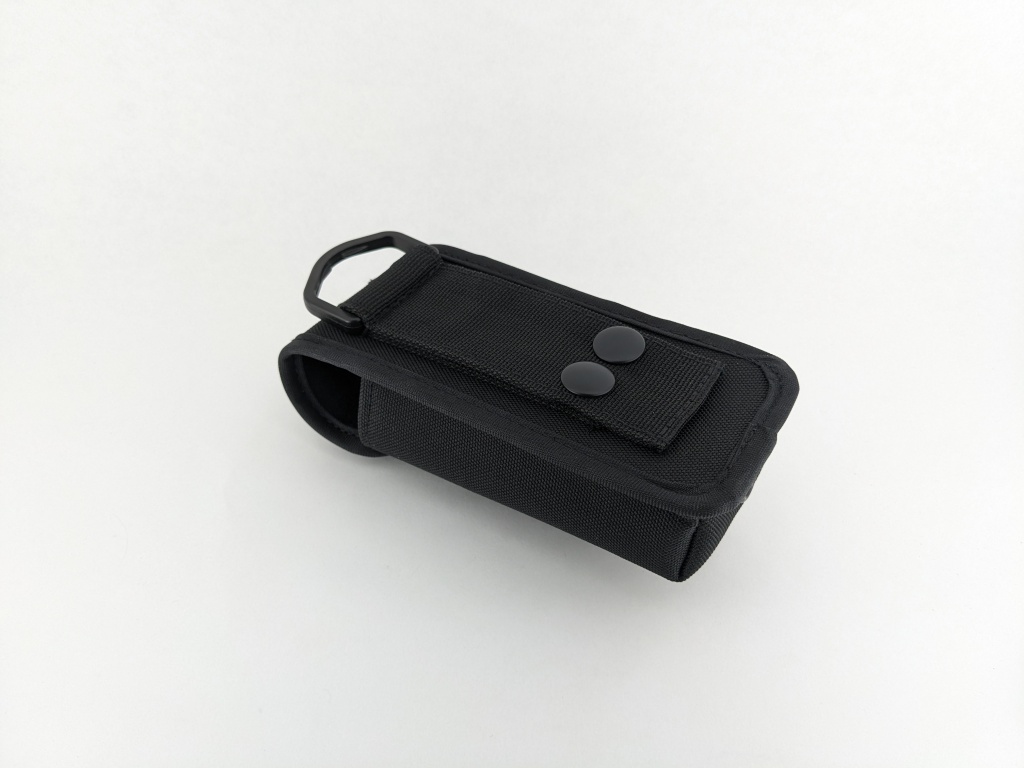
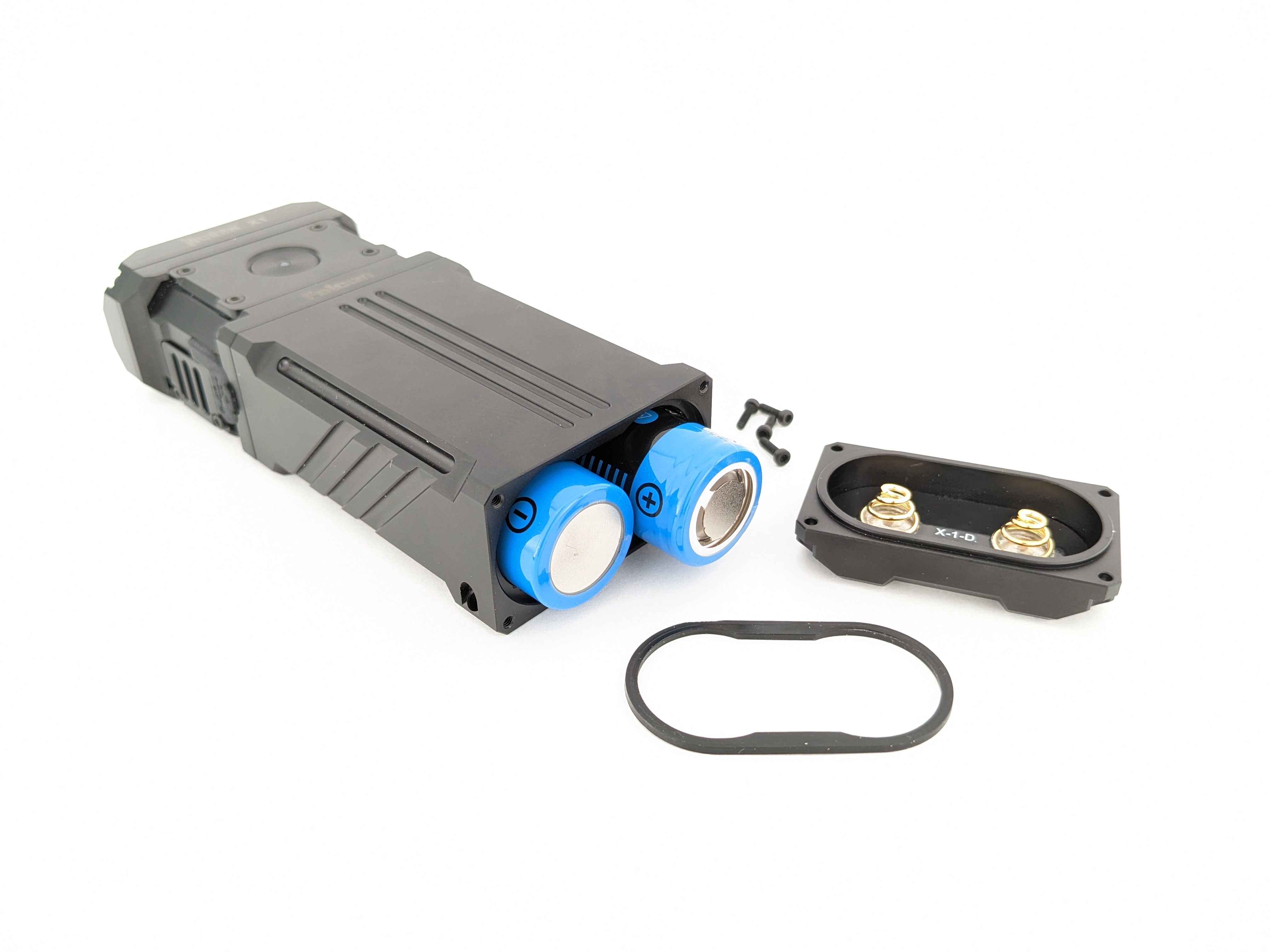
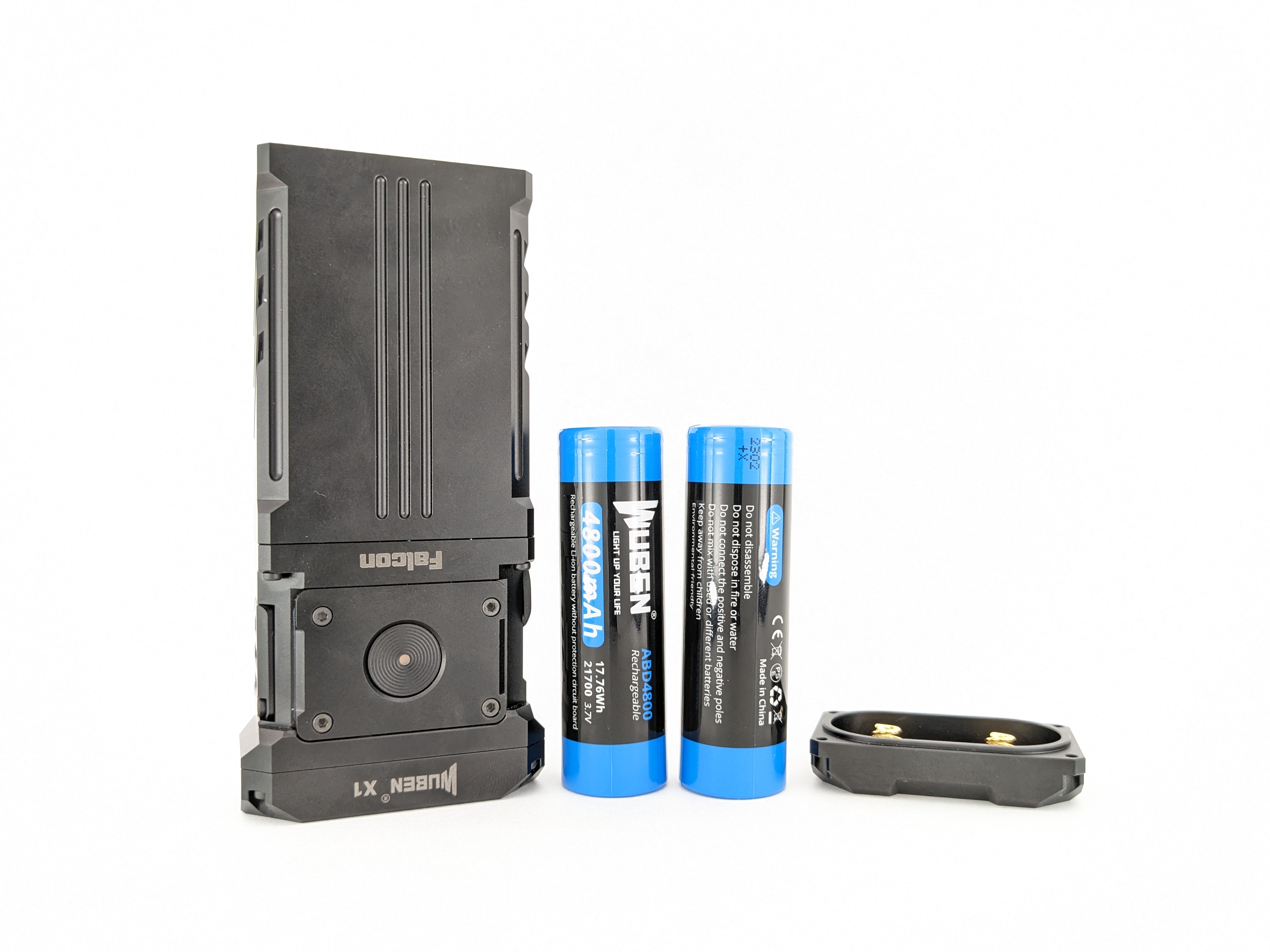
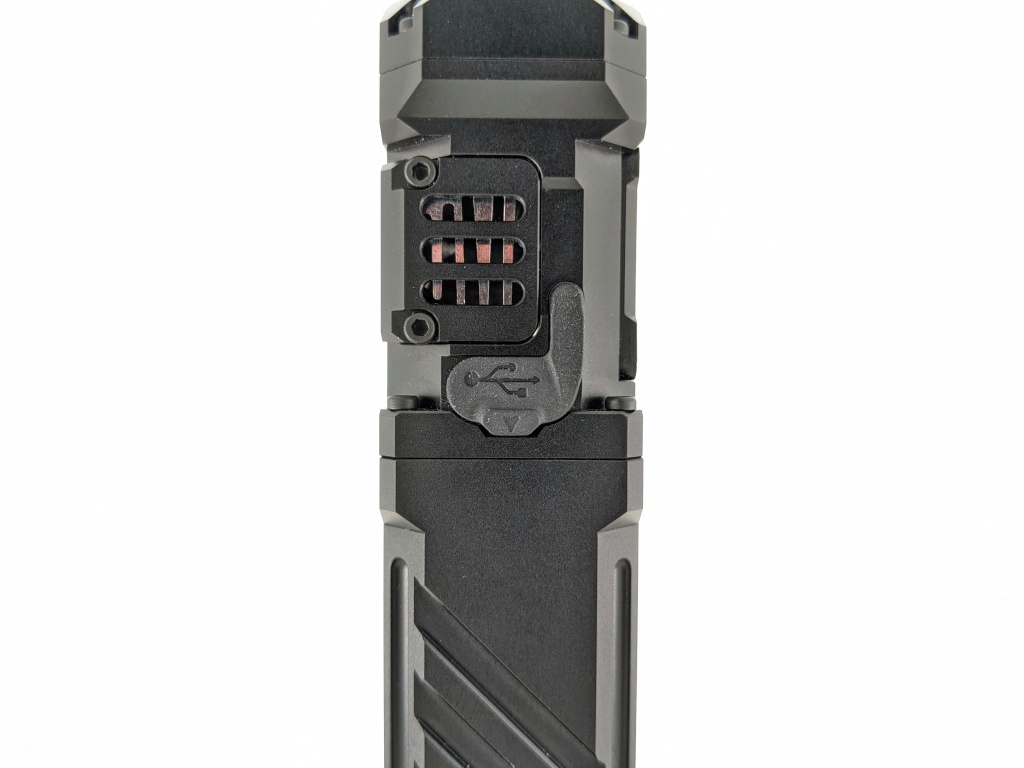
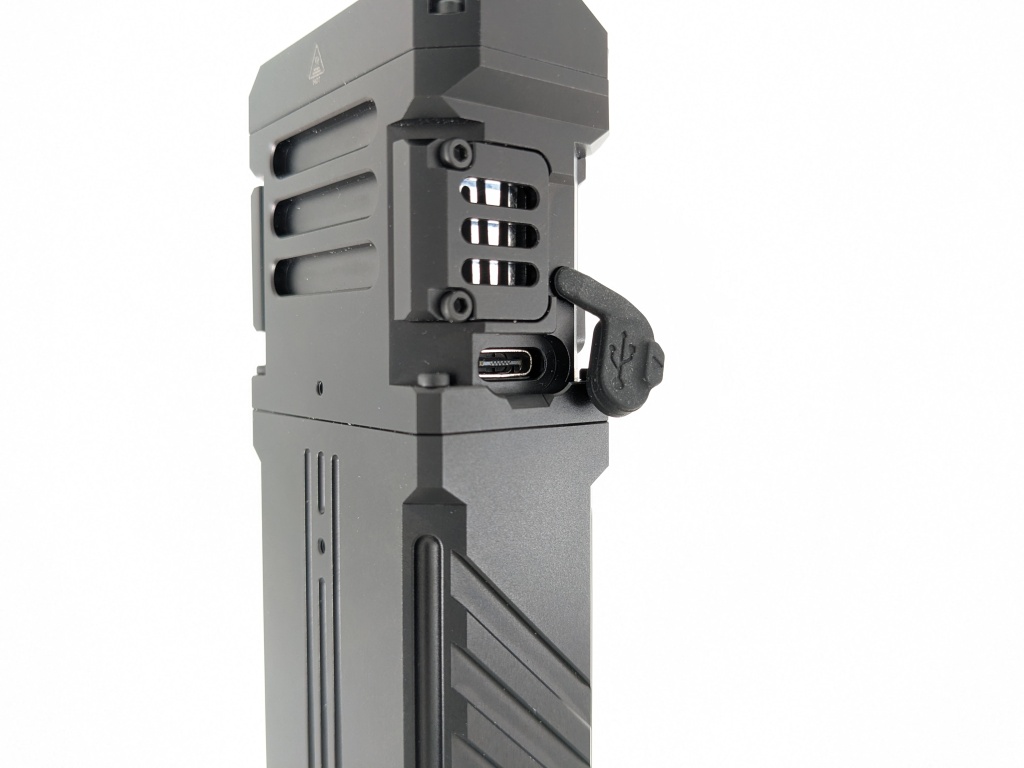
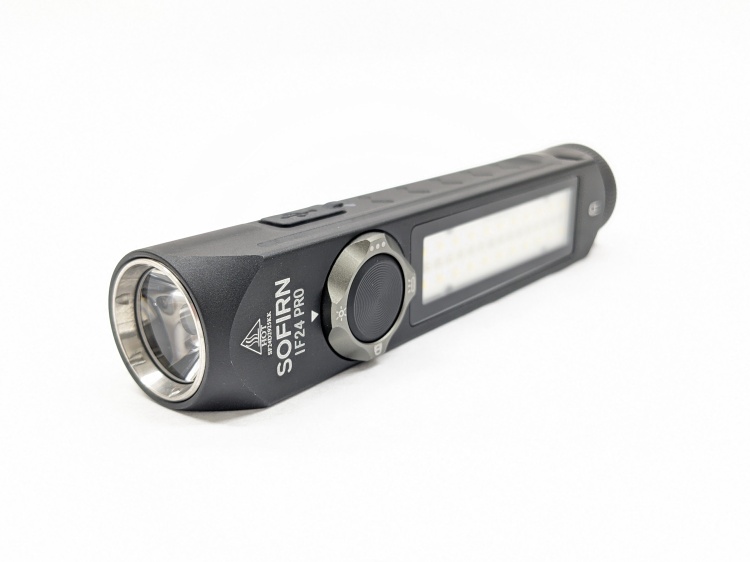






As far as I know each one of the that kind of batteries has its own protection circuit and can’t be overloaded, let alone fiery explode.
Consequently in an imbalanced pair one of the batteries may interrupt the charging process prematurely and the pair of two won’t be able to charge to its full capacity.
LikeLike
Unfortunately these are UNPROTECTED batteries so they CAN become imbalanced. A fiery explosion is unlikely but they can be overcharged or over-discharged. Fortunately Wuben appears to match the cells very closely at the factory so they SHOULD stay balanced.
LikeLike
When the time comes the best thing probably to do is to replace them with protected 21700. Batteries like “Keeppower 21700 R 15A 5000mAh 3.6V – 3.7V Li-Ion Battery PCB Protected” could be an easy and foolproof replacement. What do you think?
LikeLike
Protected cells would be ideal but I don’t think there are any protected cells that would fit. Protection circuitry adds length and I don’t think there is enough room inside X1 for protected cells.
LikeLike
Does the turbo time increase with improved cooling/cooling conditions?
LikeLike
Unfortunately not. As you can see in the runtime graphs, the “Turbo” and “Turbo Cooled” (large external fan blowing on the light) graphs are identical, so external cooling and ambient conditions do not affect the Turbo performance.
LikeLike
I don’t know. Probably, because most of the light is easy to disassemble.
LikeLike
is it possible to disconnect the heatsink?
LikeLike
thanks for the quick reply, I didn’t notice that poor graph)… I had the idea to put a high-efficiency radiator inside and possibly increase the speed of the cooler. but apparently it doesn’t make sense. and the manufacturer is not eager to reveal the intricacies of the driver to modify output and timer.
PS personally, I think that the cooling system is poorly designed (look at the air intake at least, it covers half of the effective area of the cooler!), and by and large serves for marketing purposes. since even in such a small volume, if desired, it was possible to cram a 45 watt TDP capable cooling system (+10-15$).
LikeLike